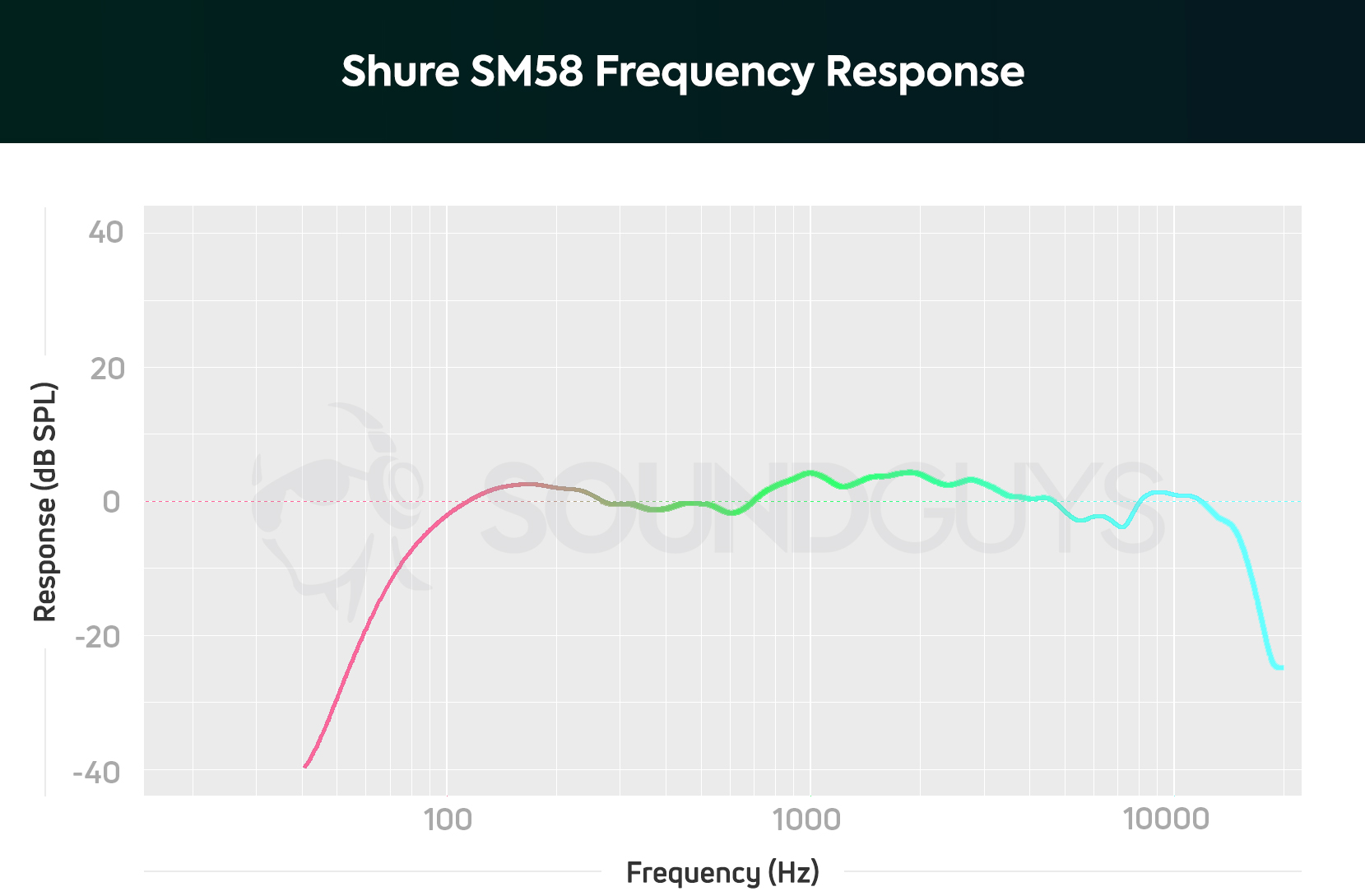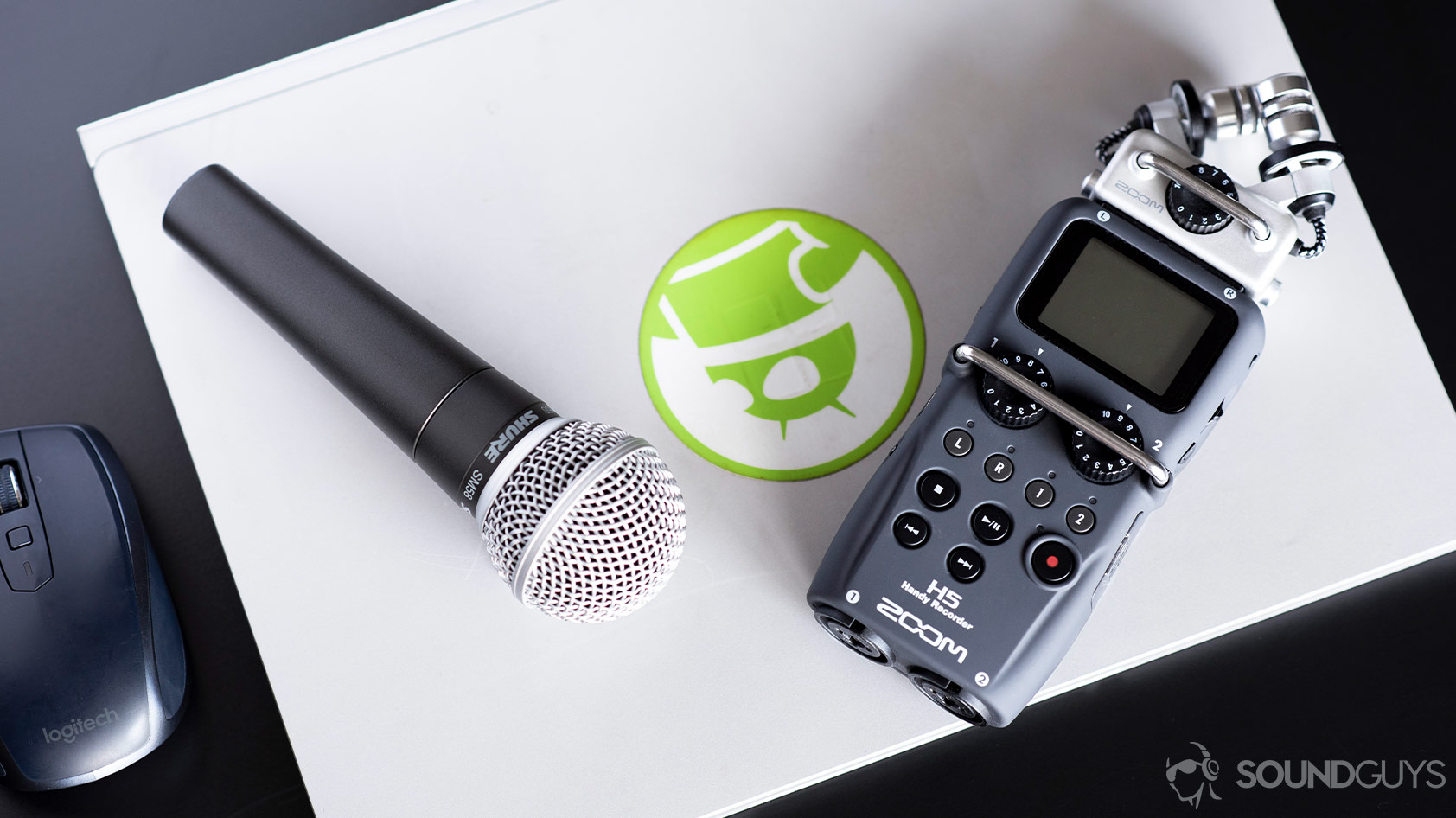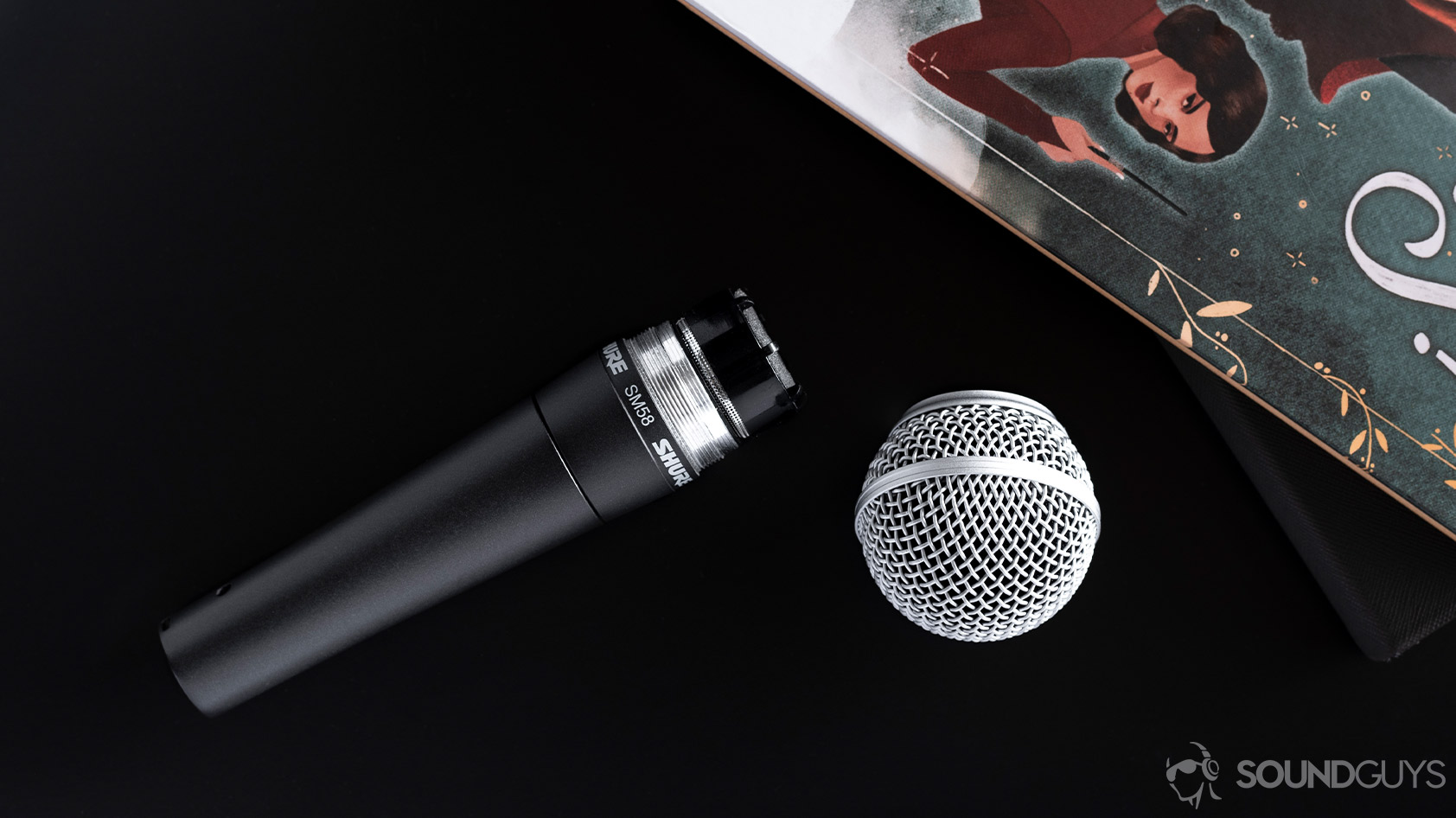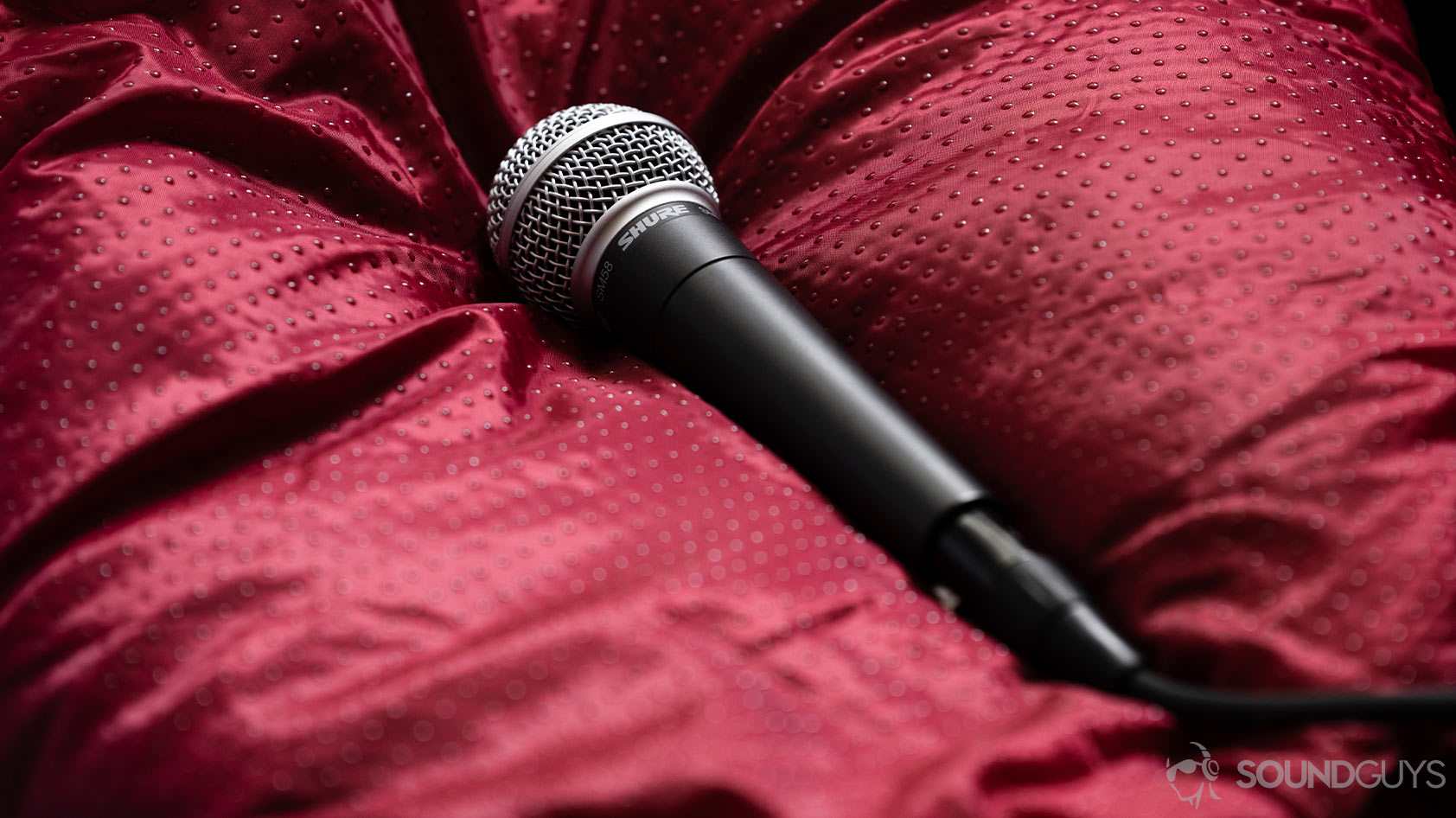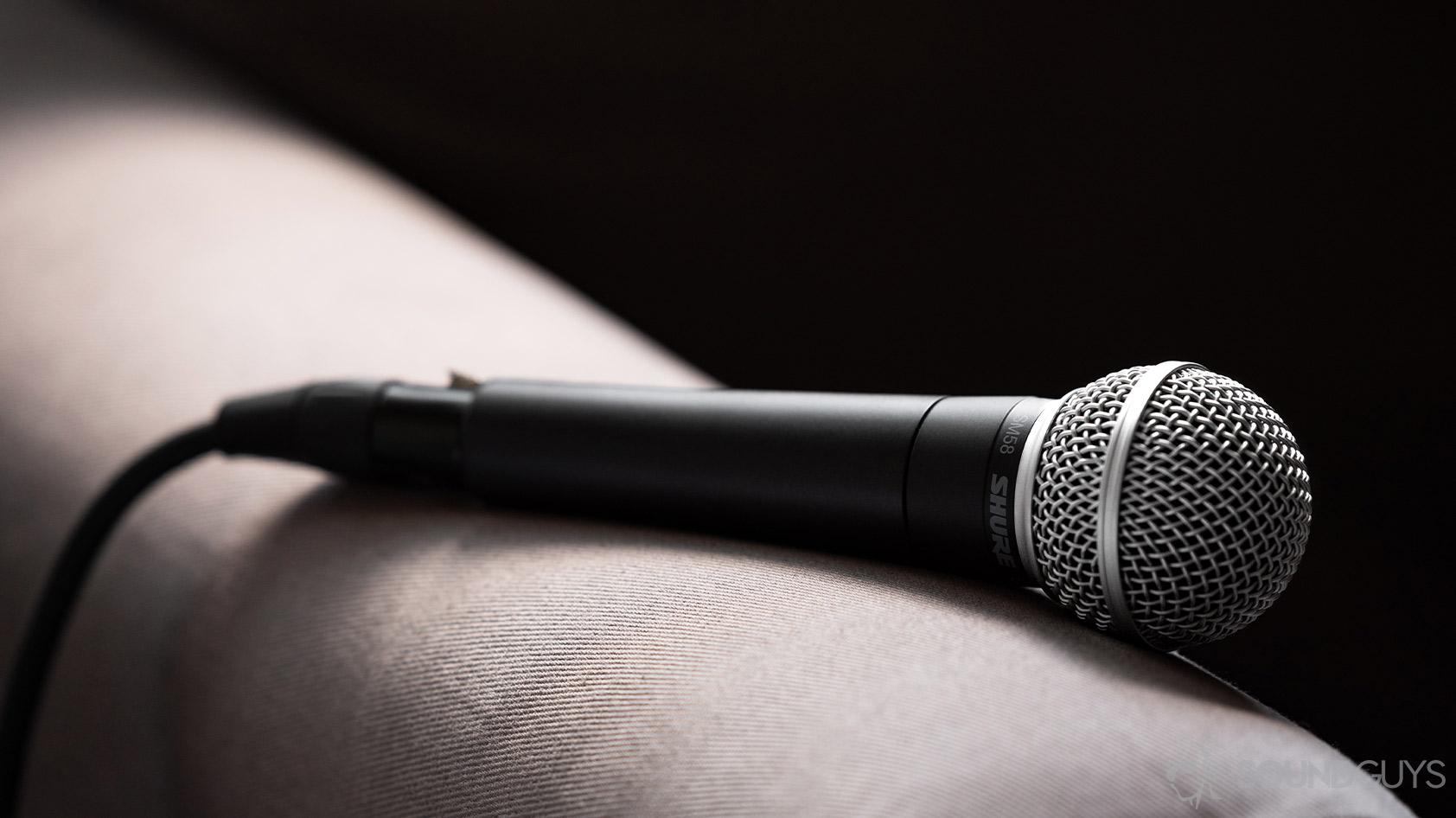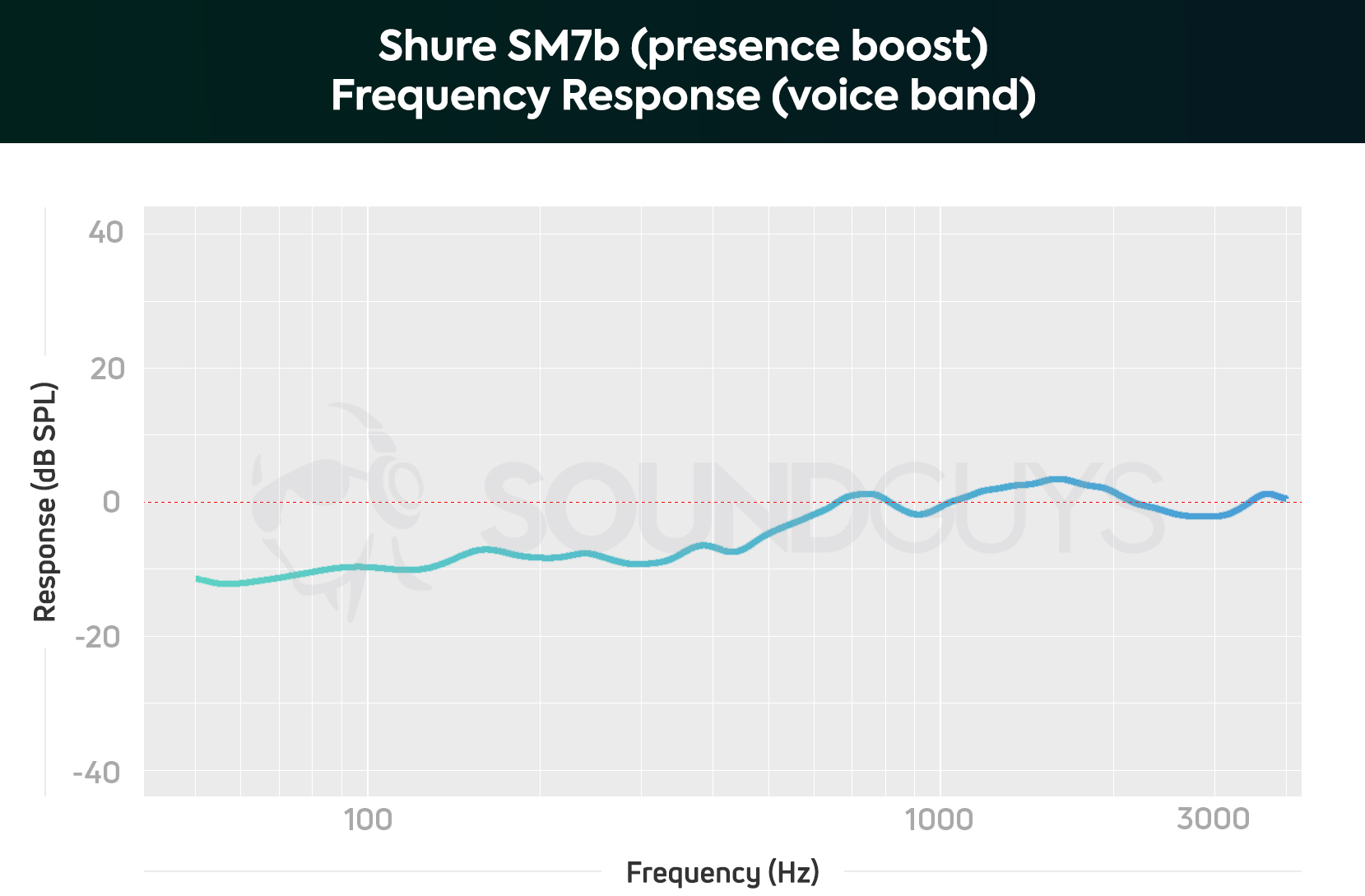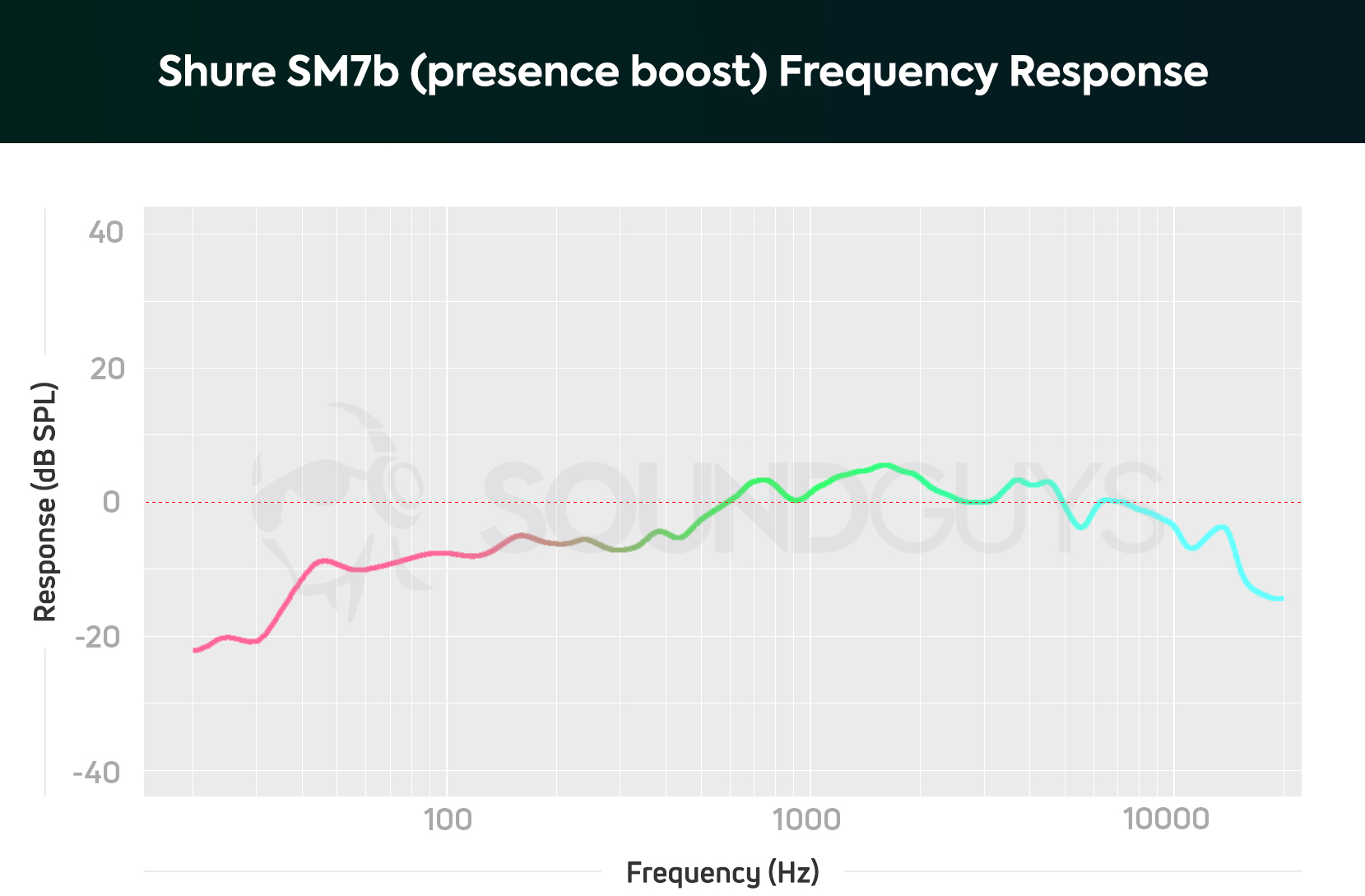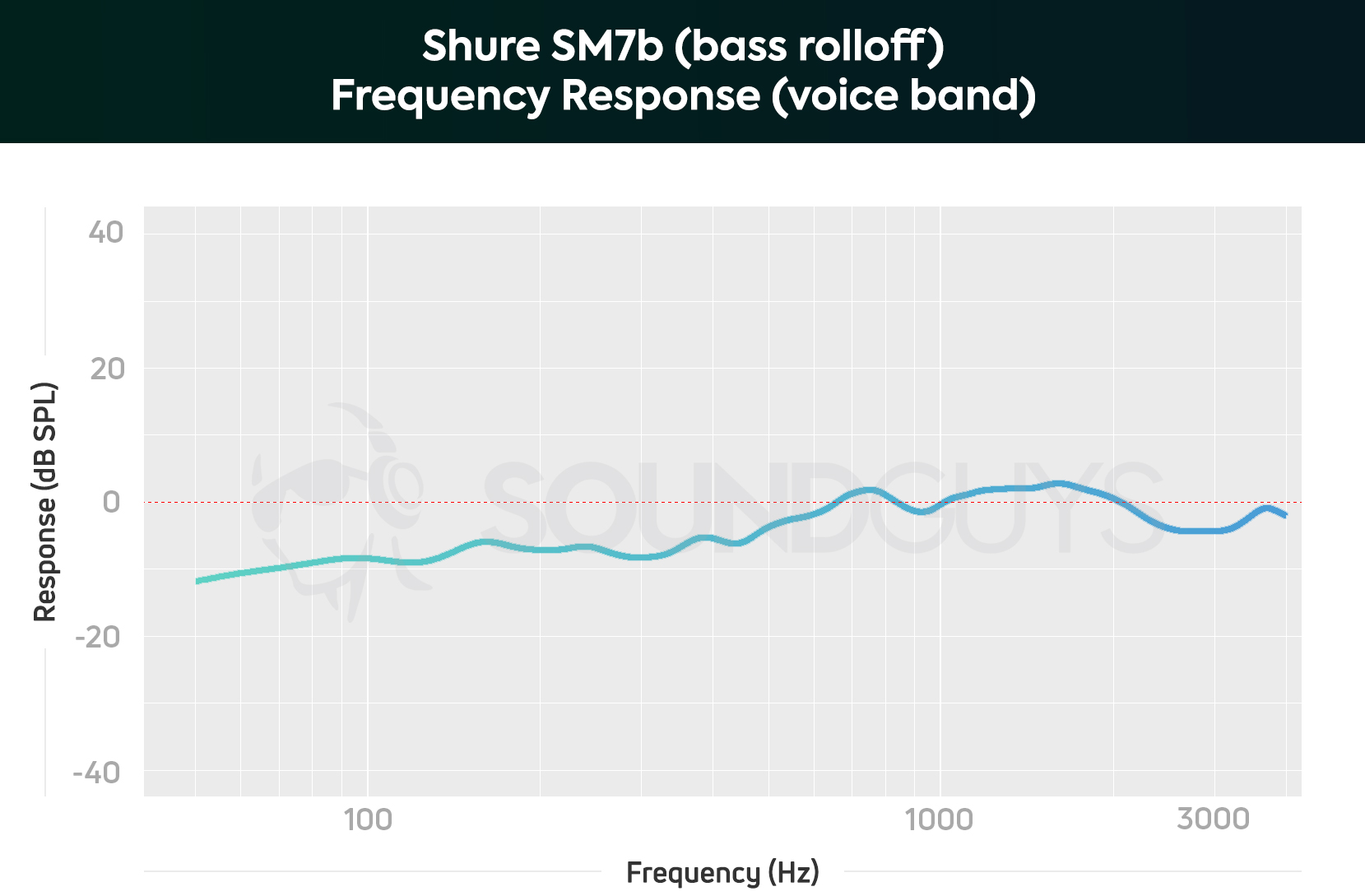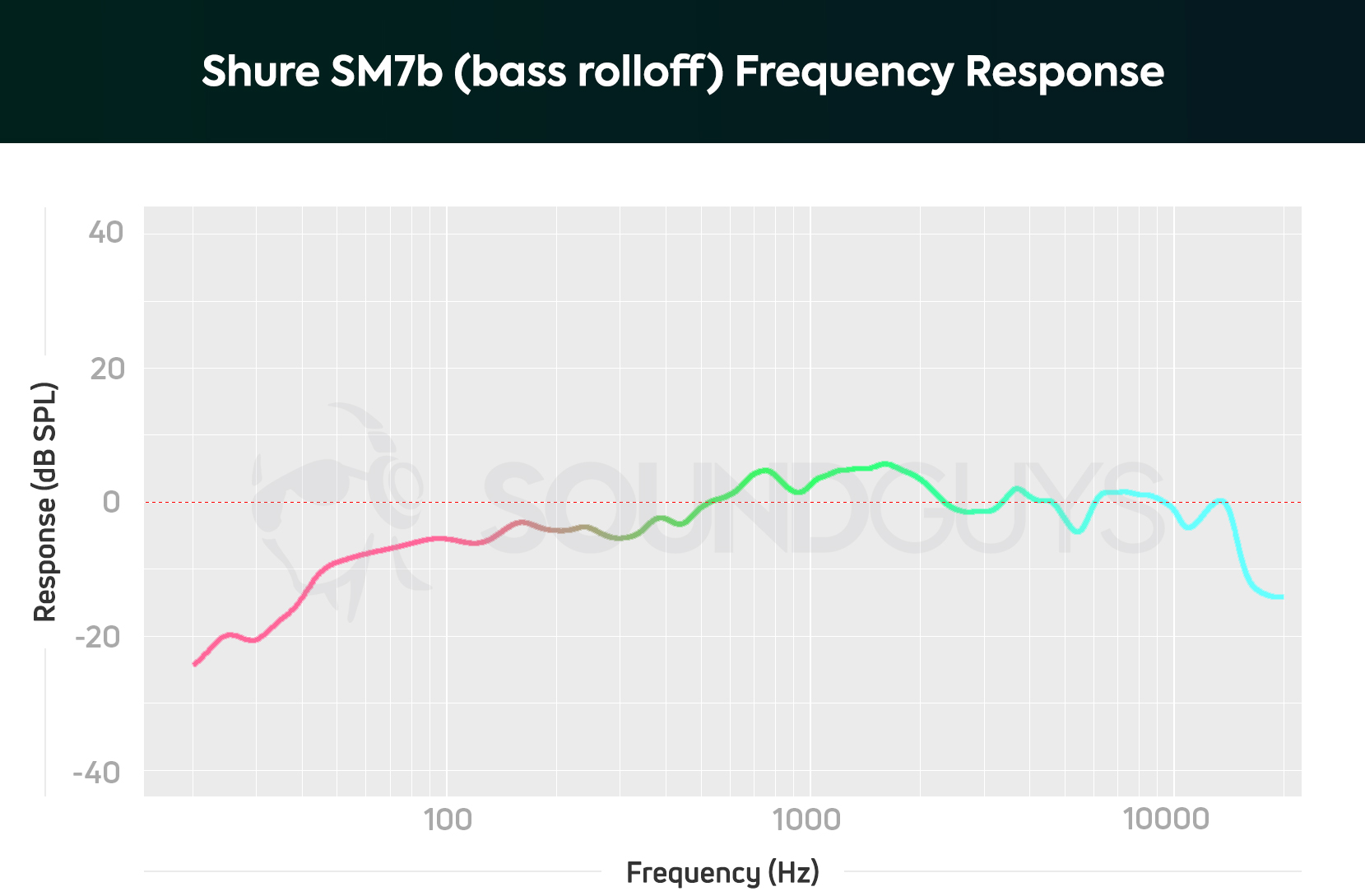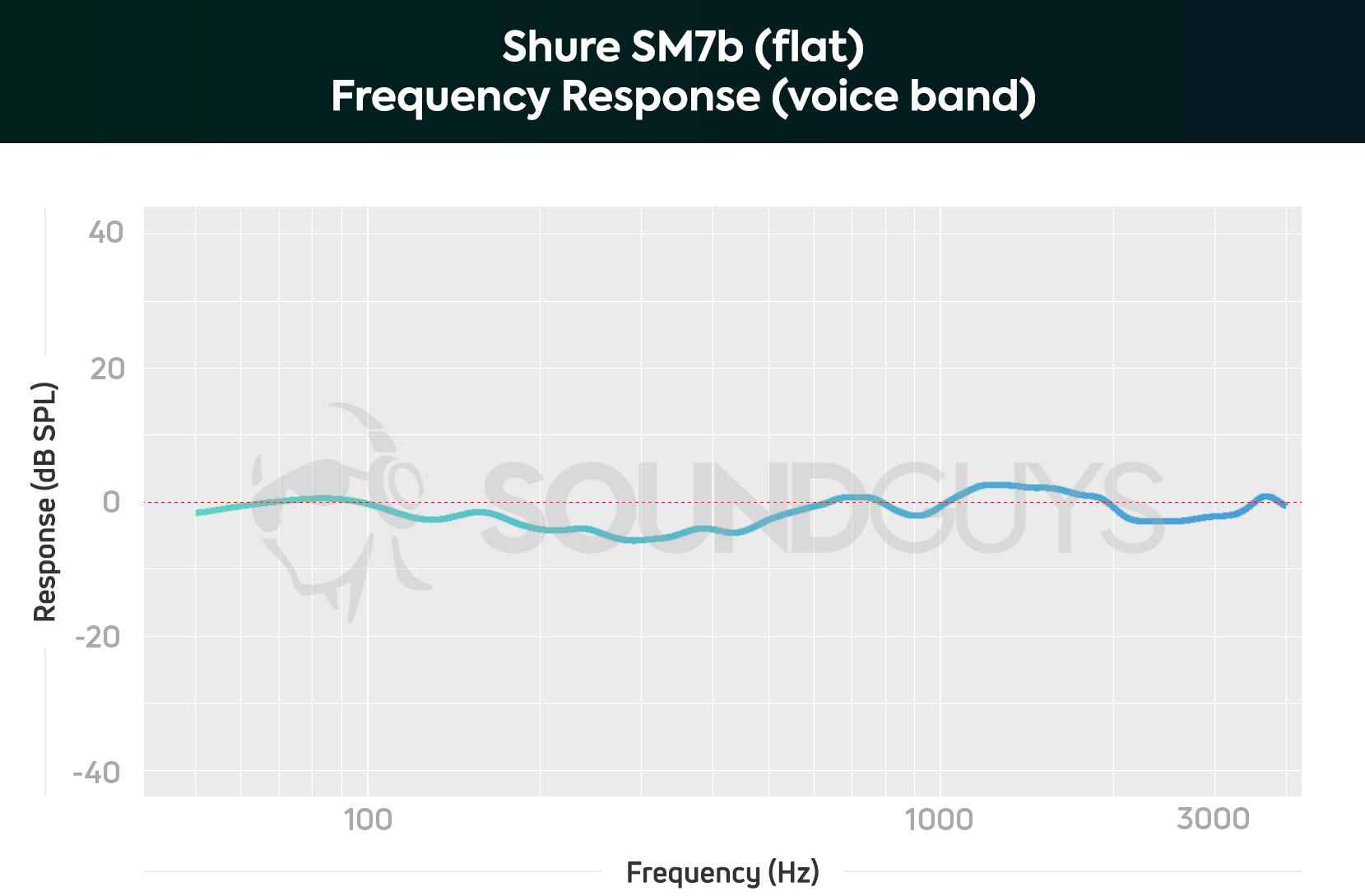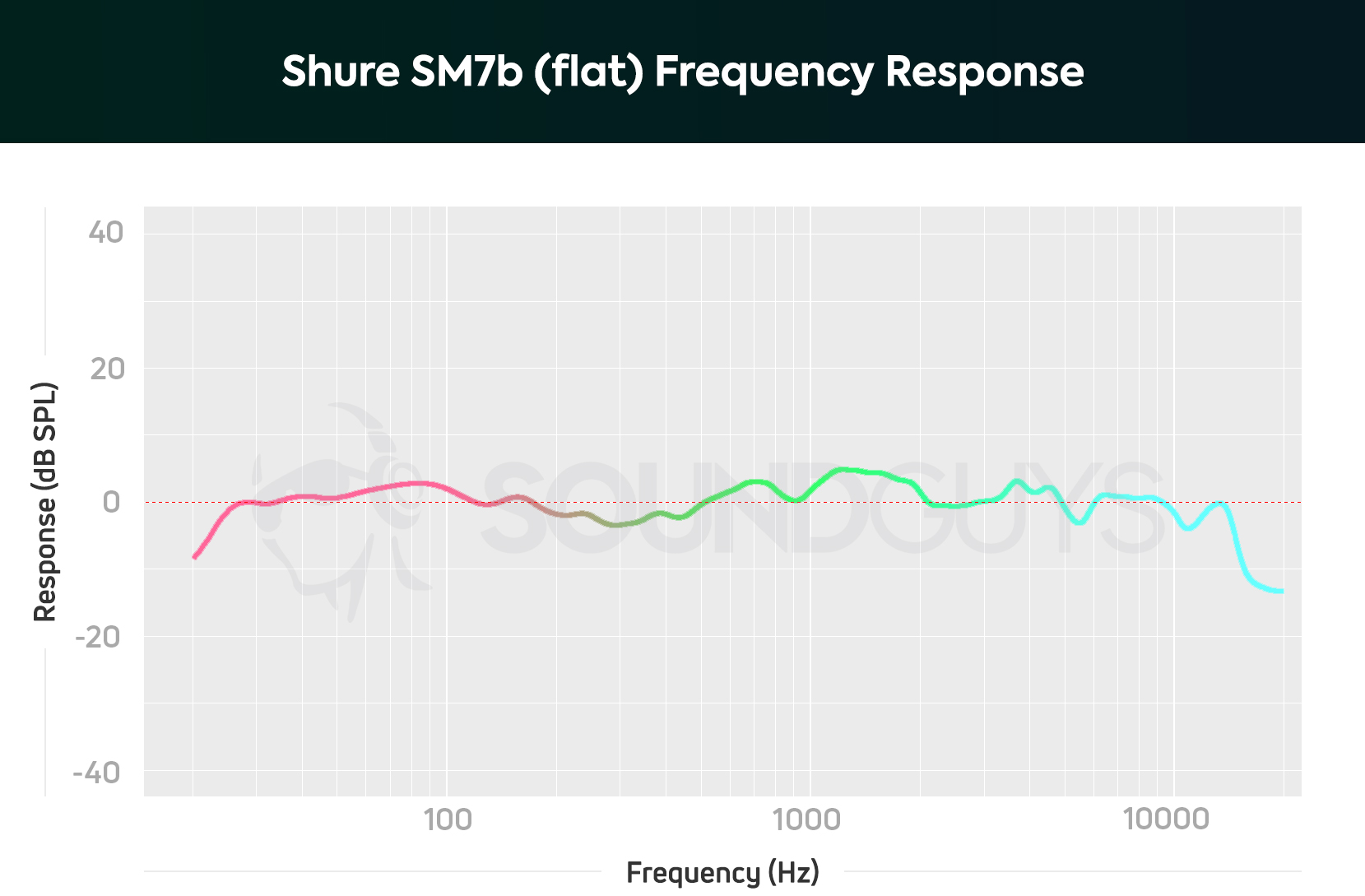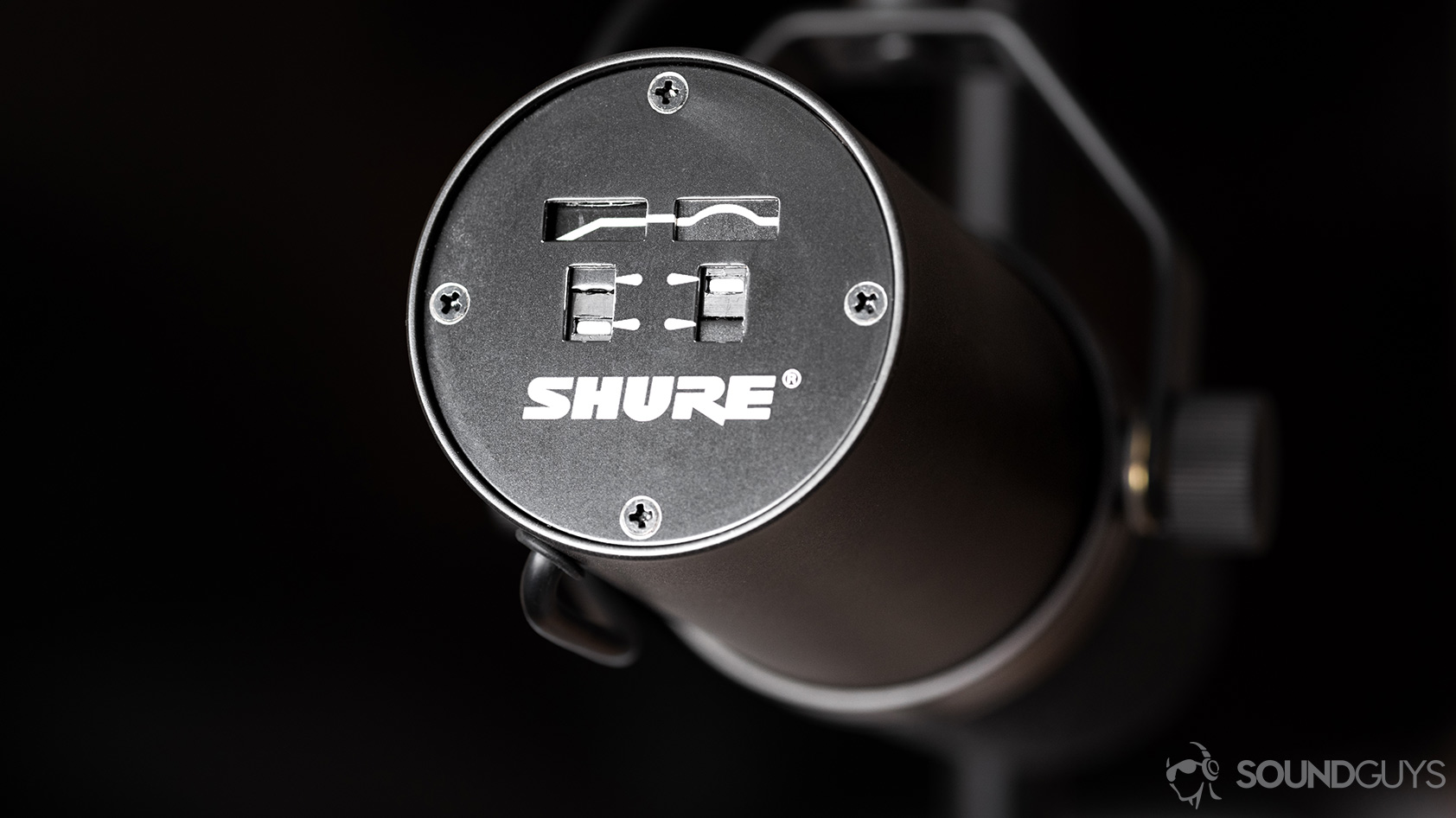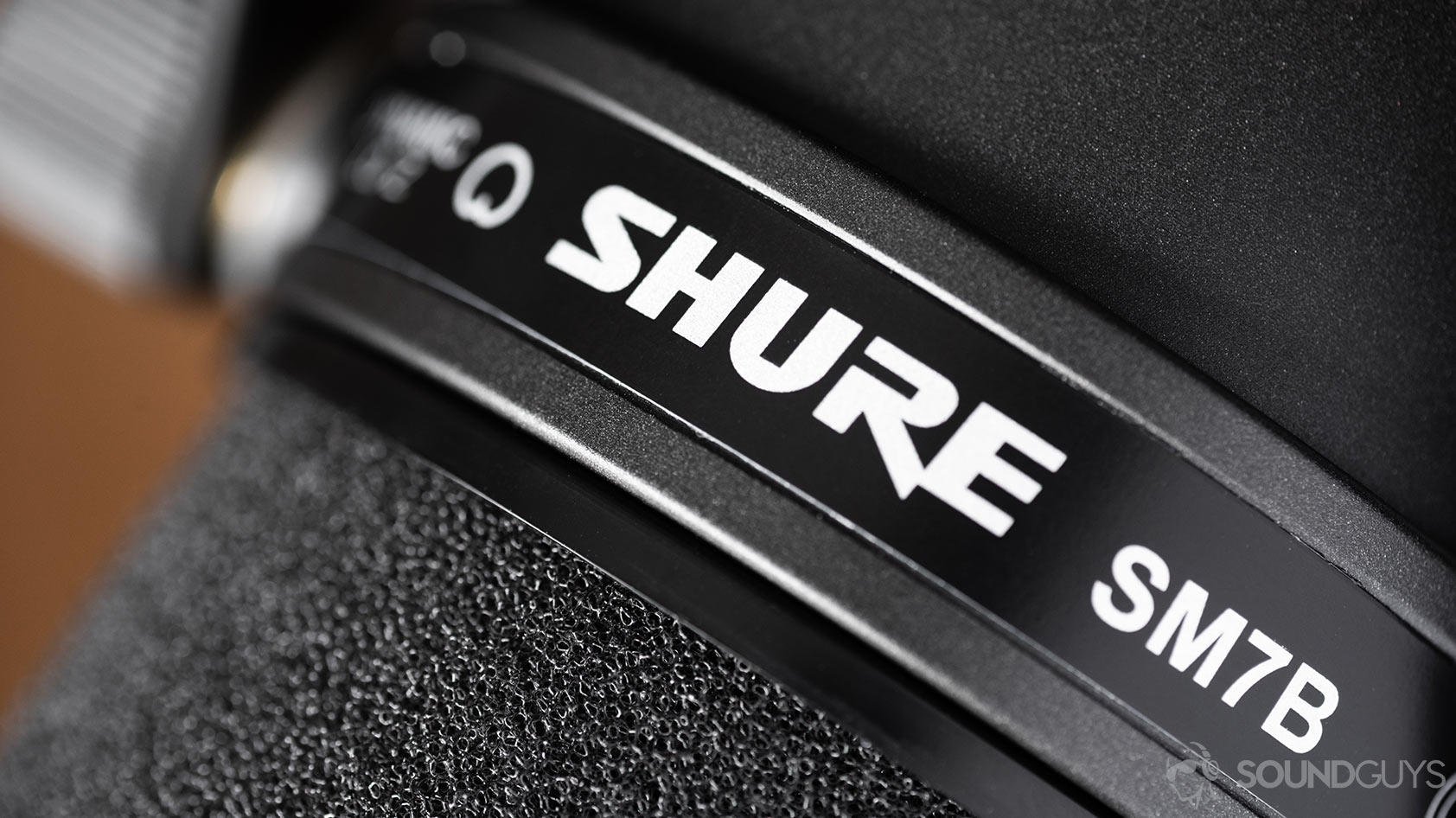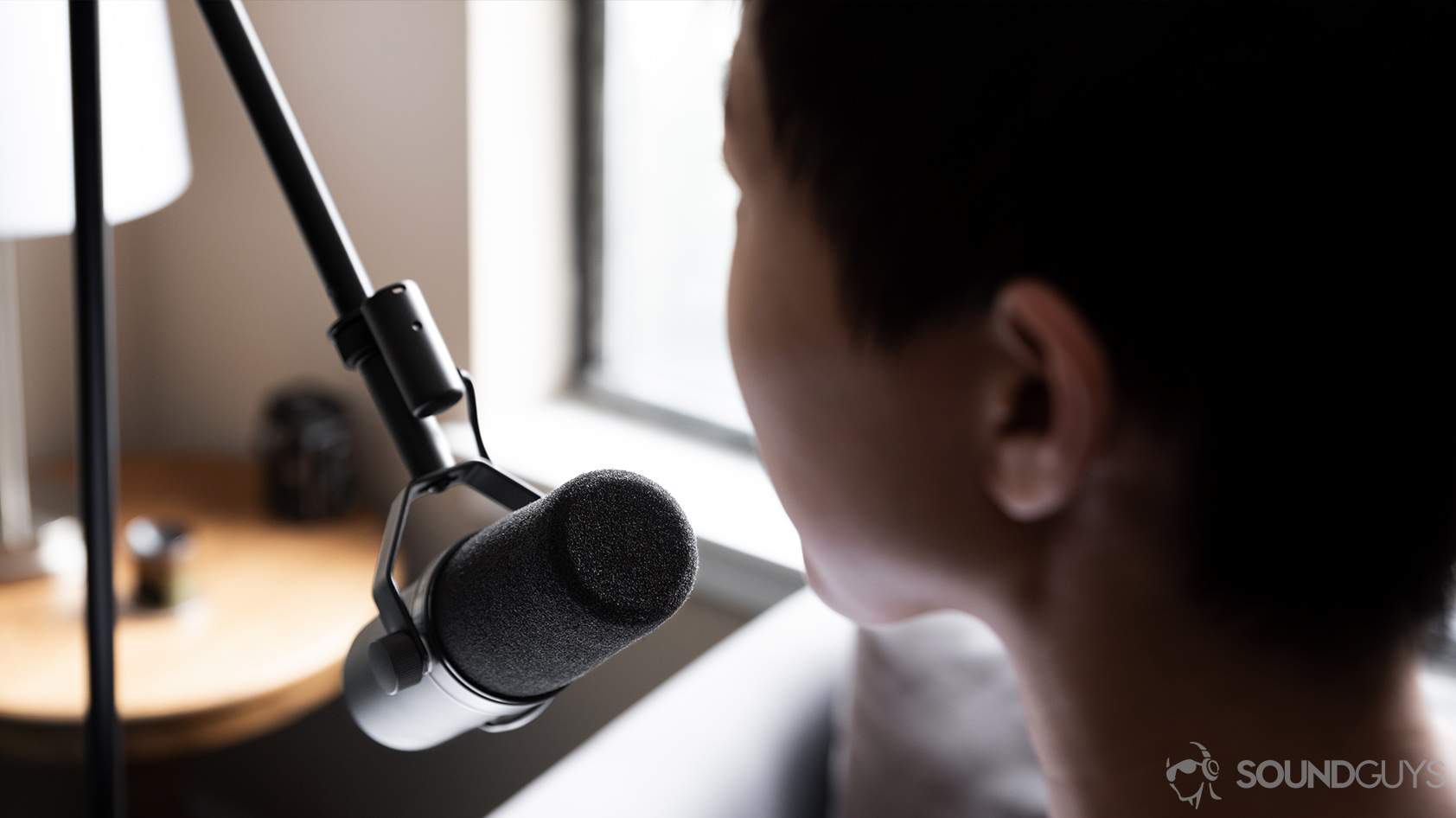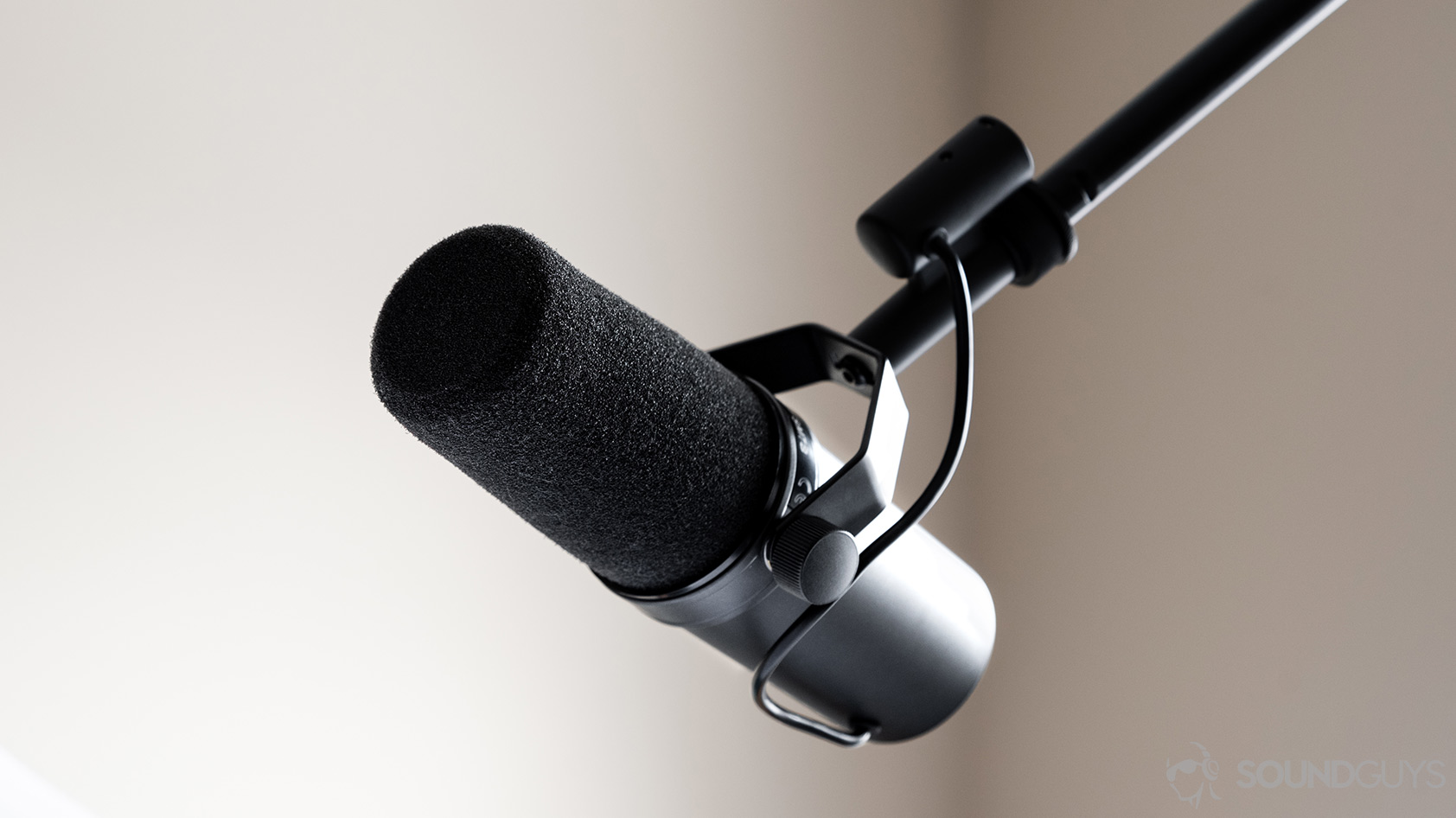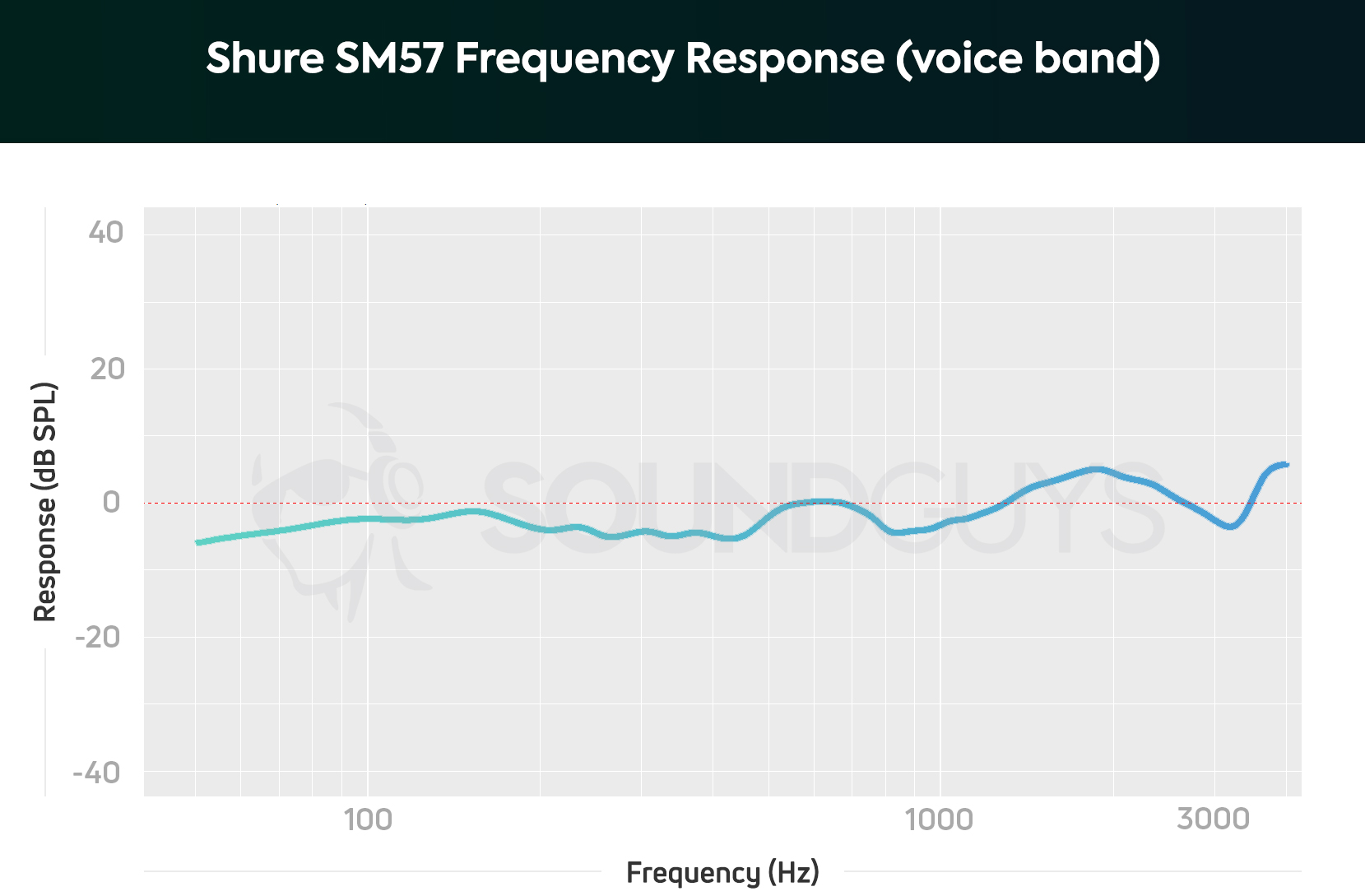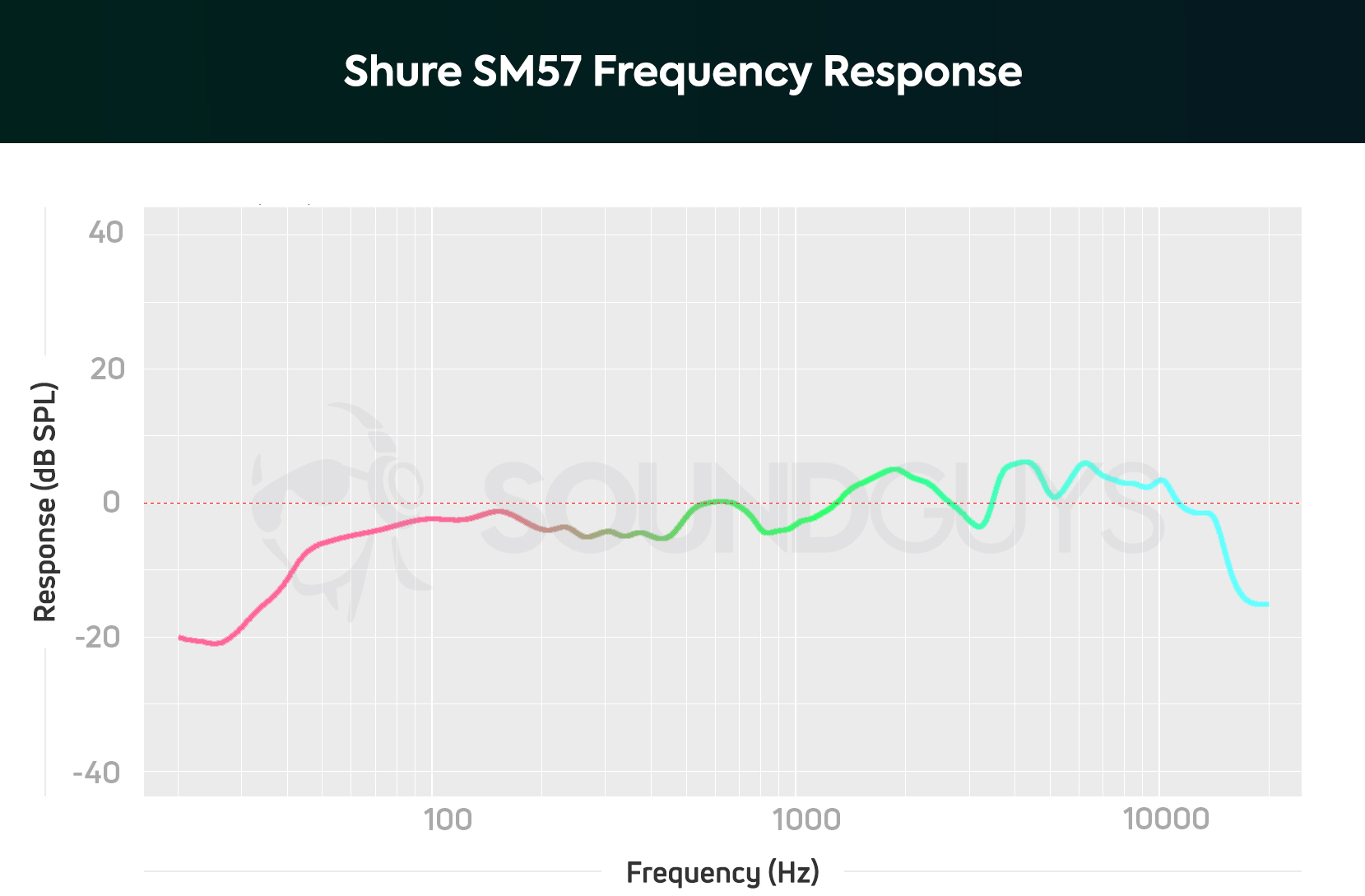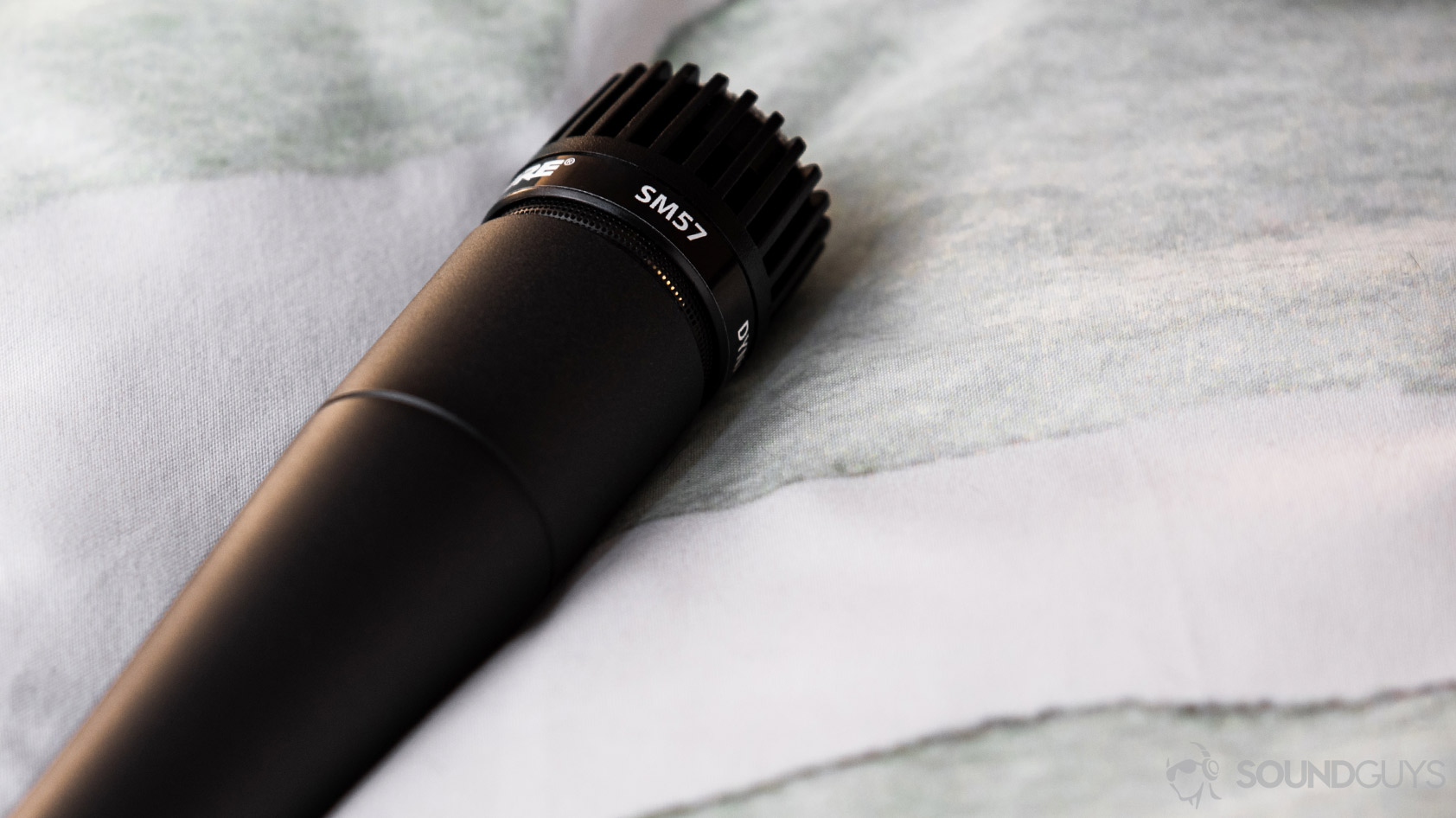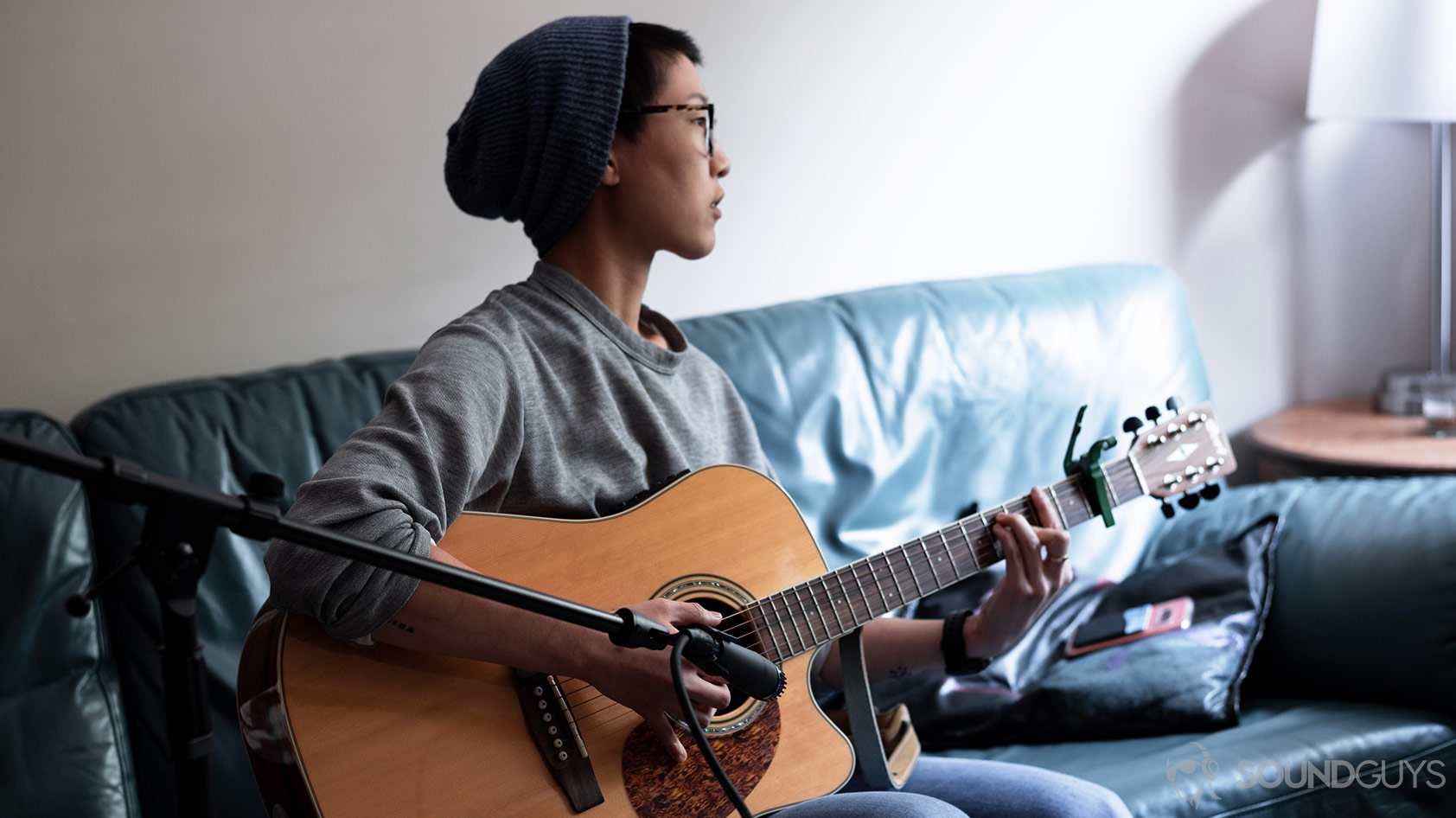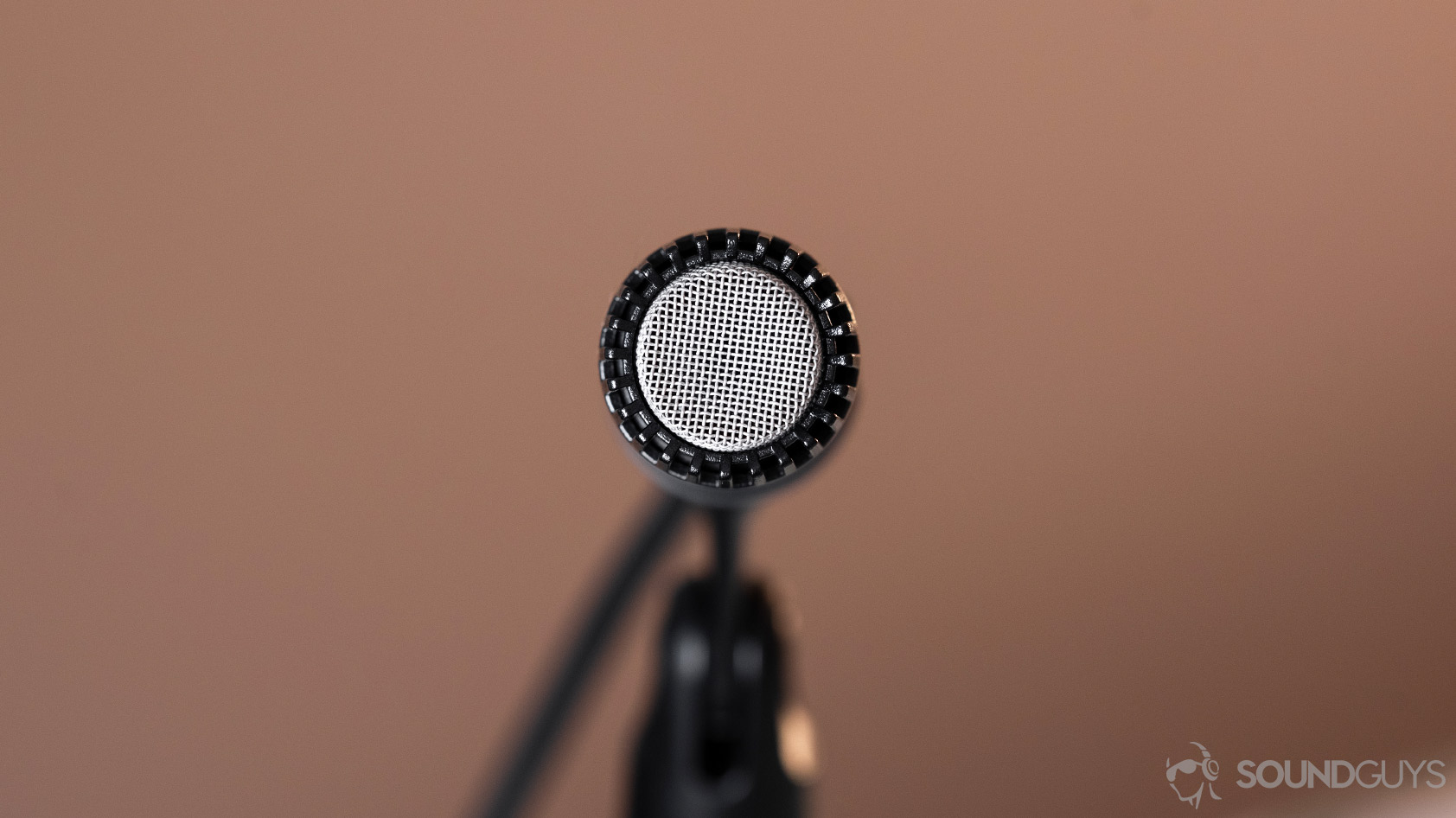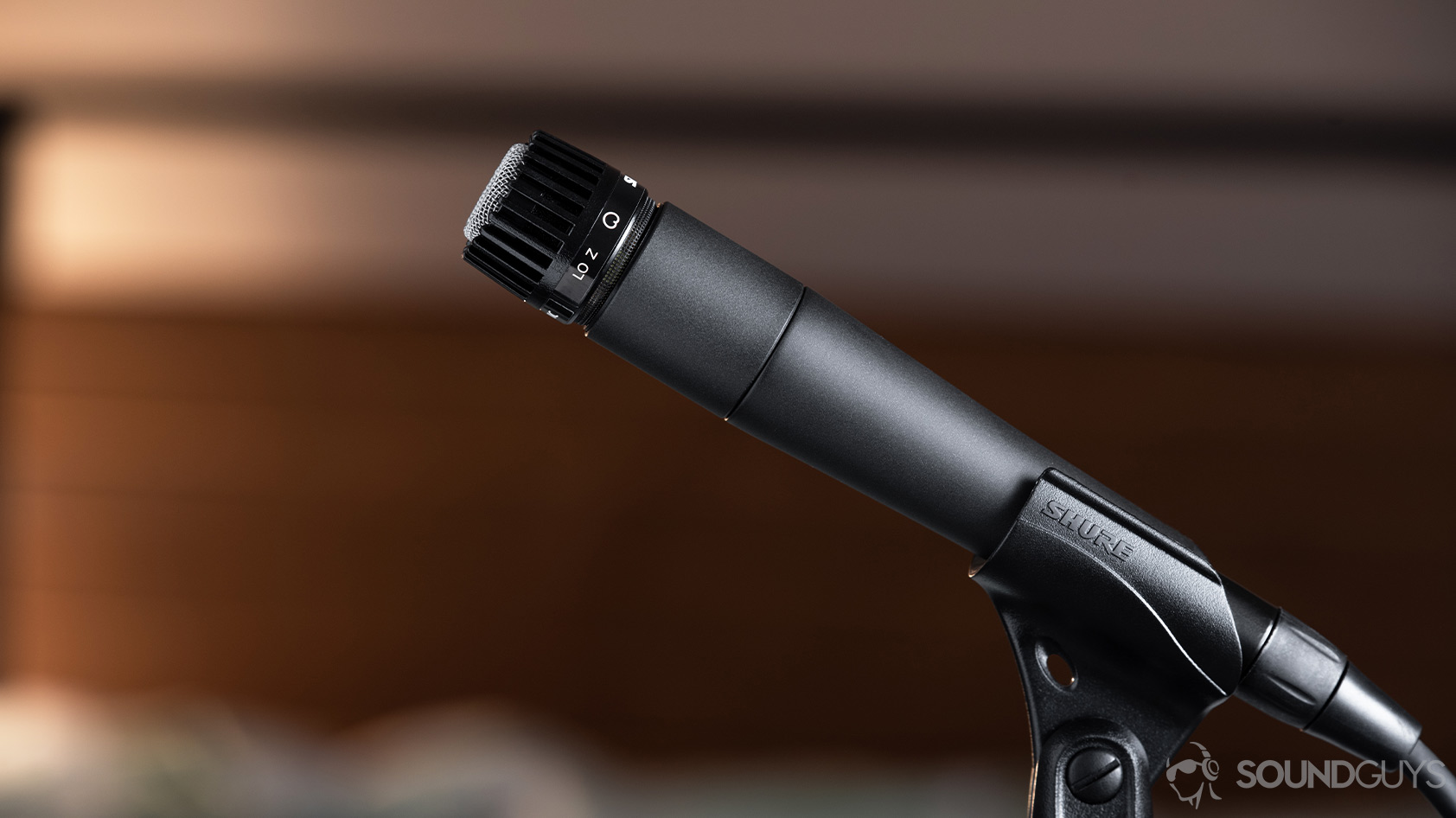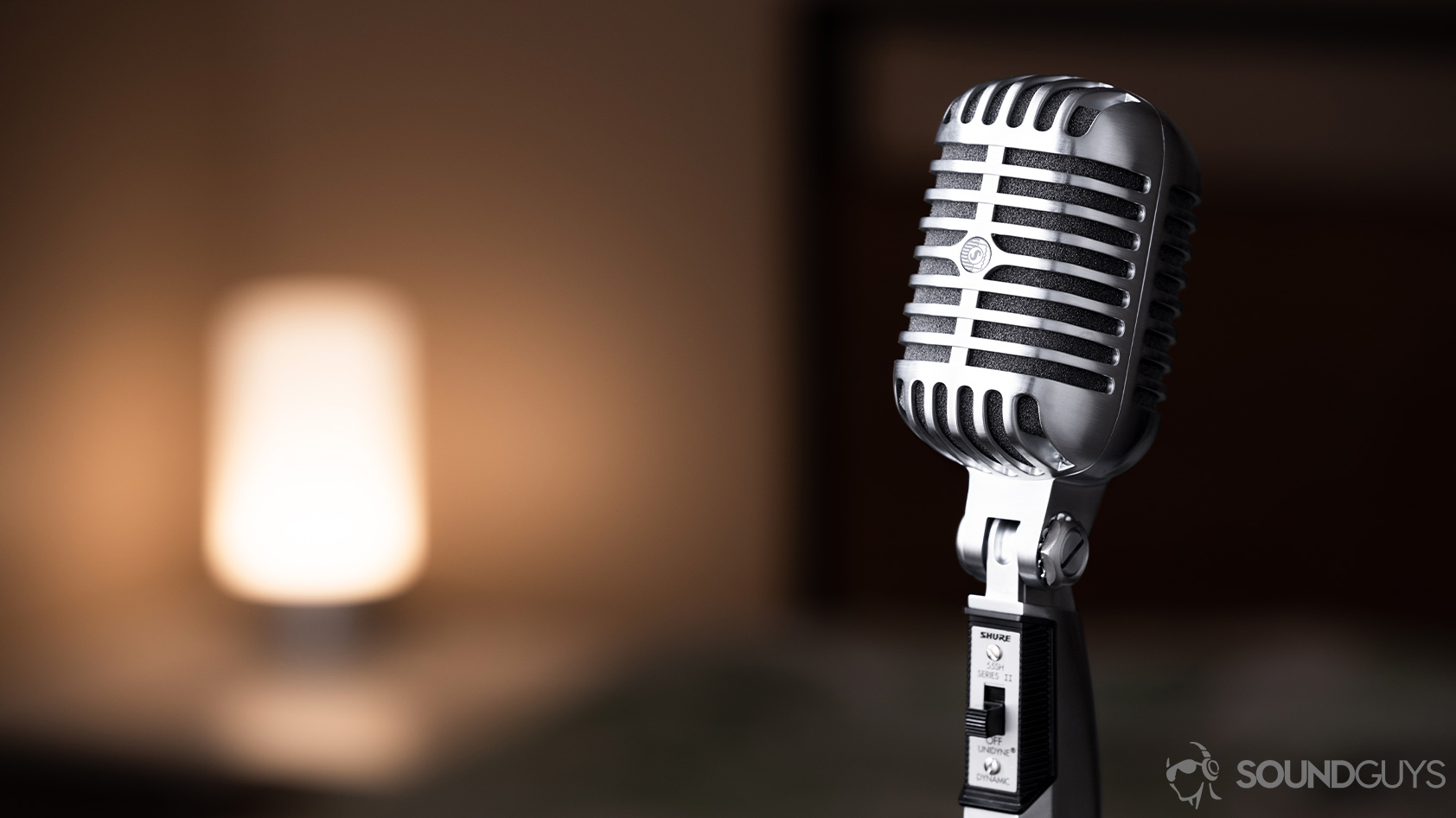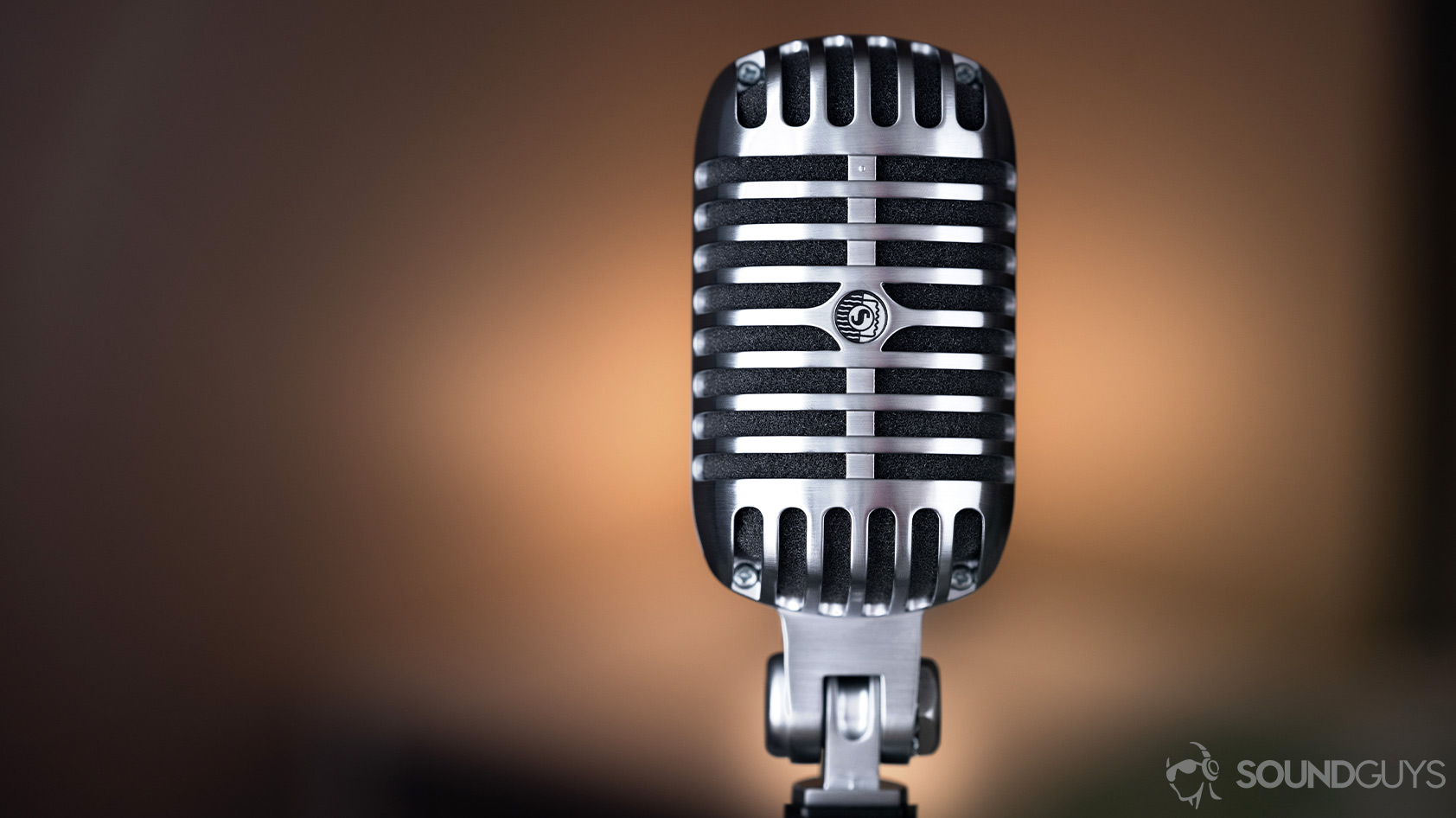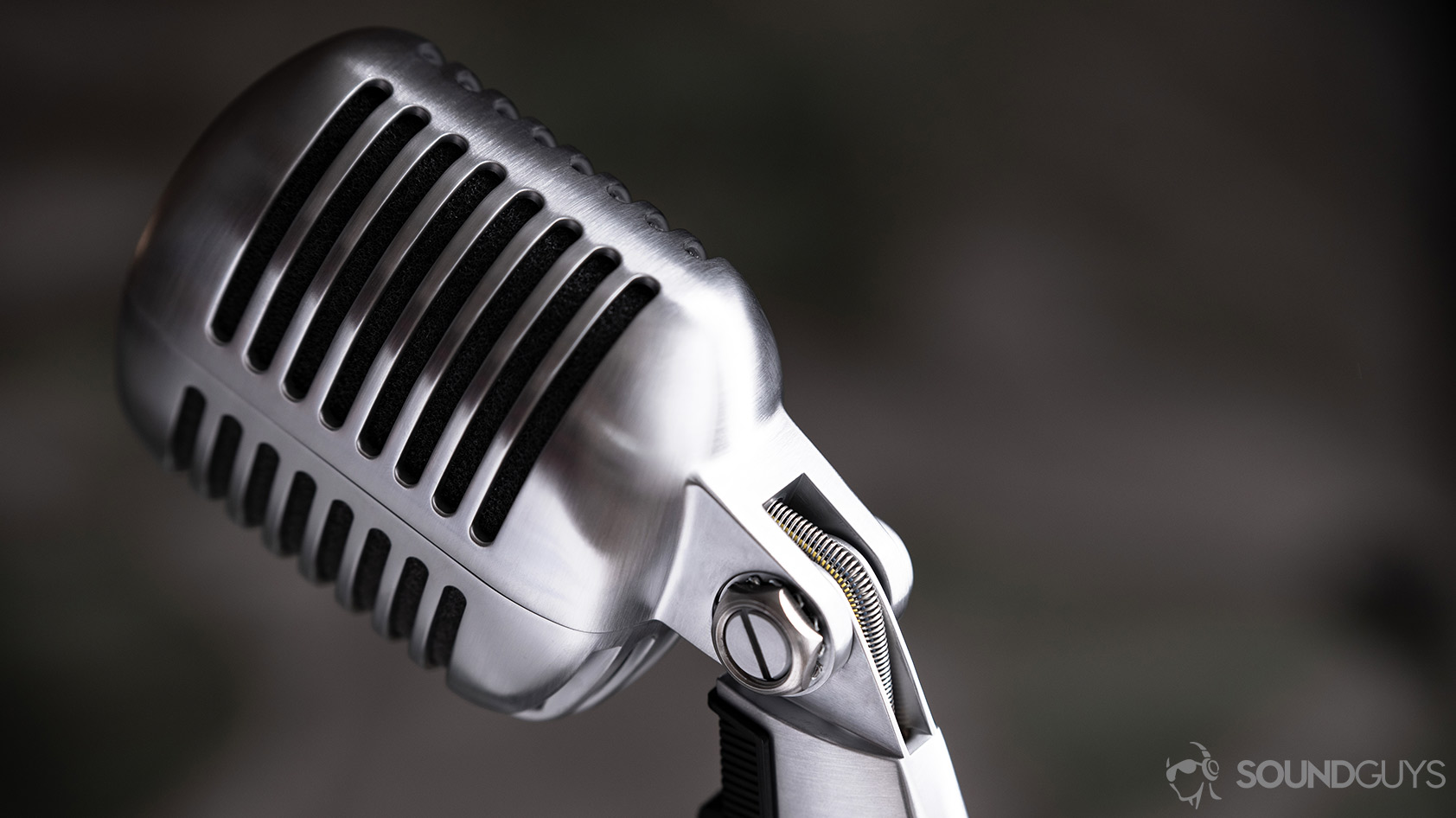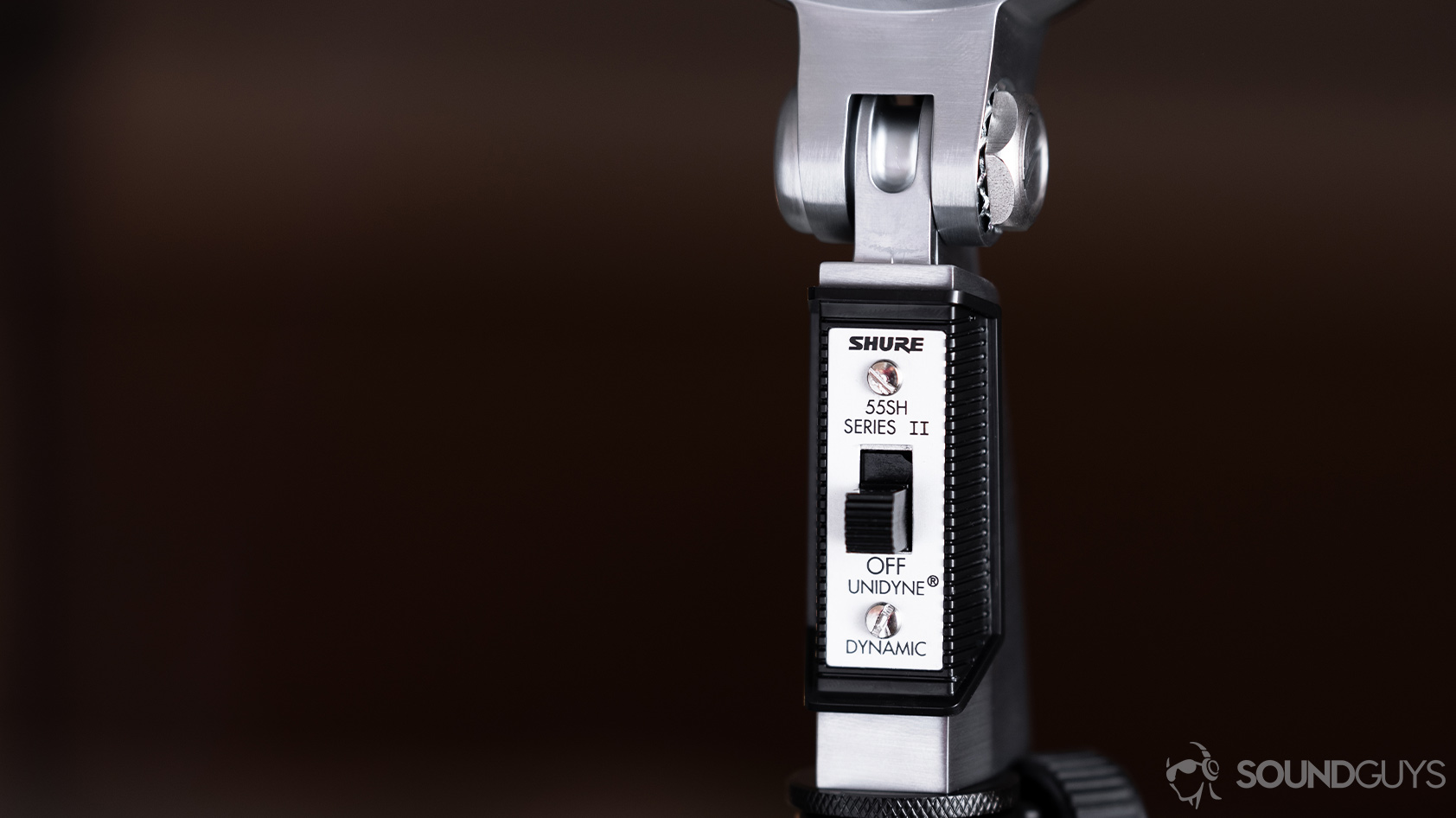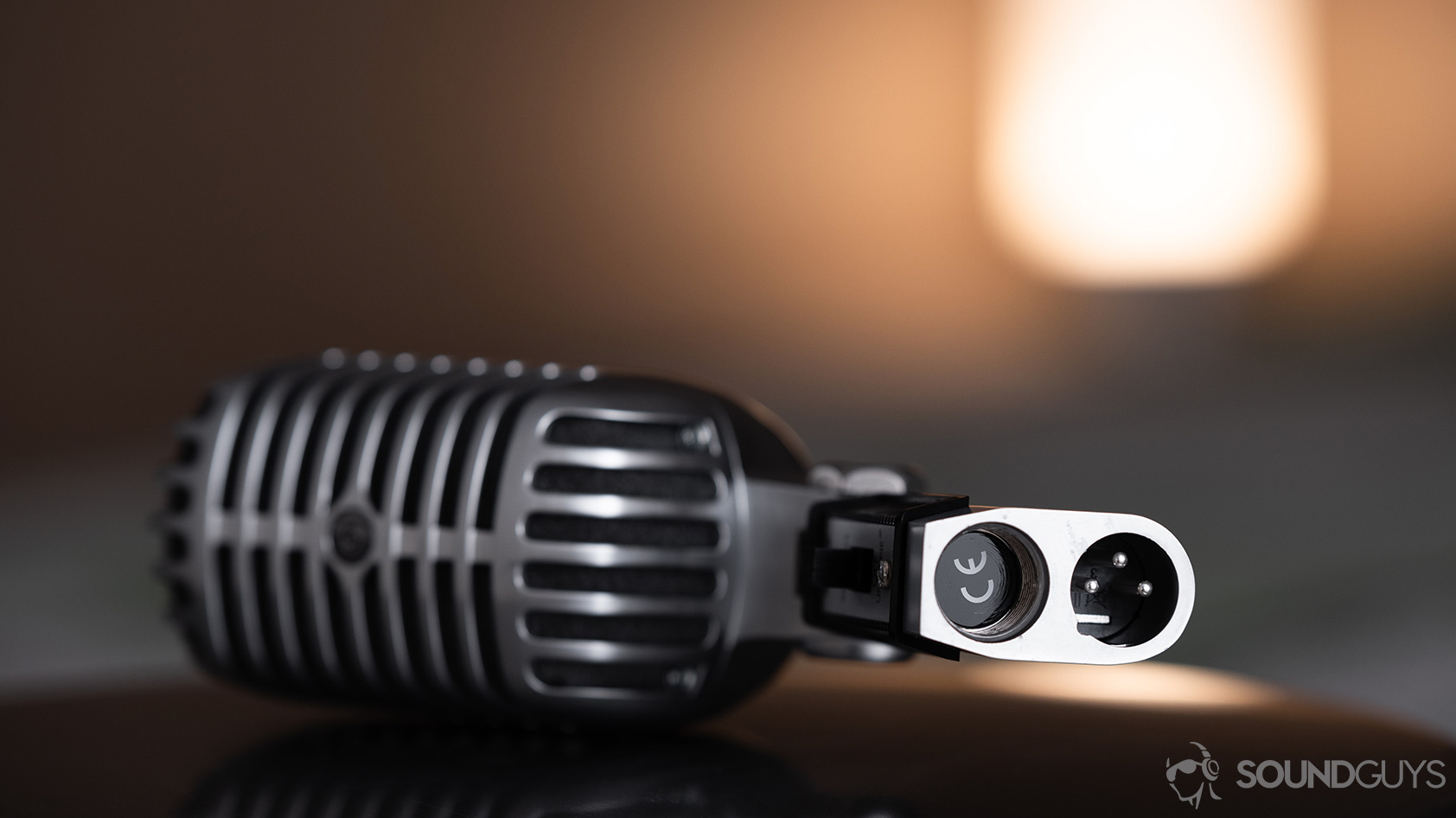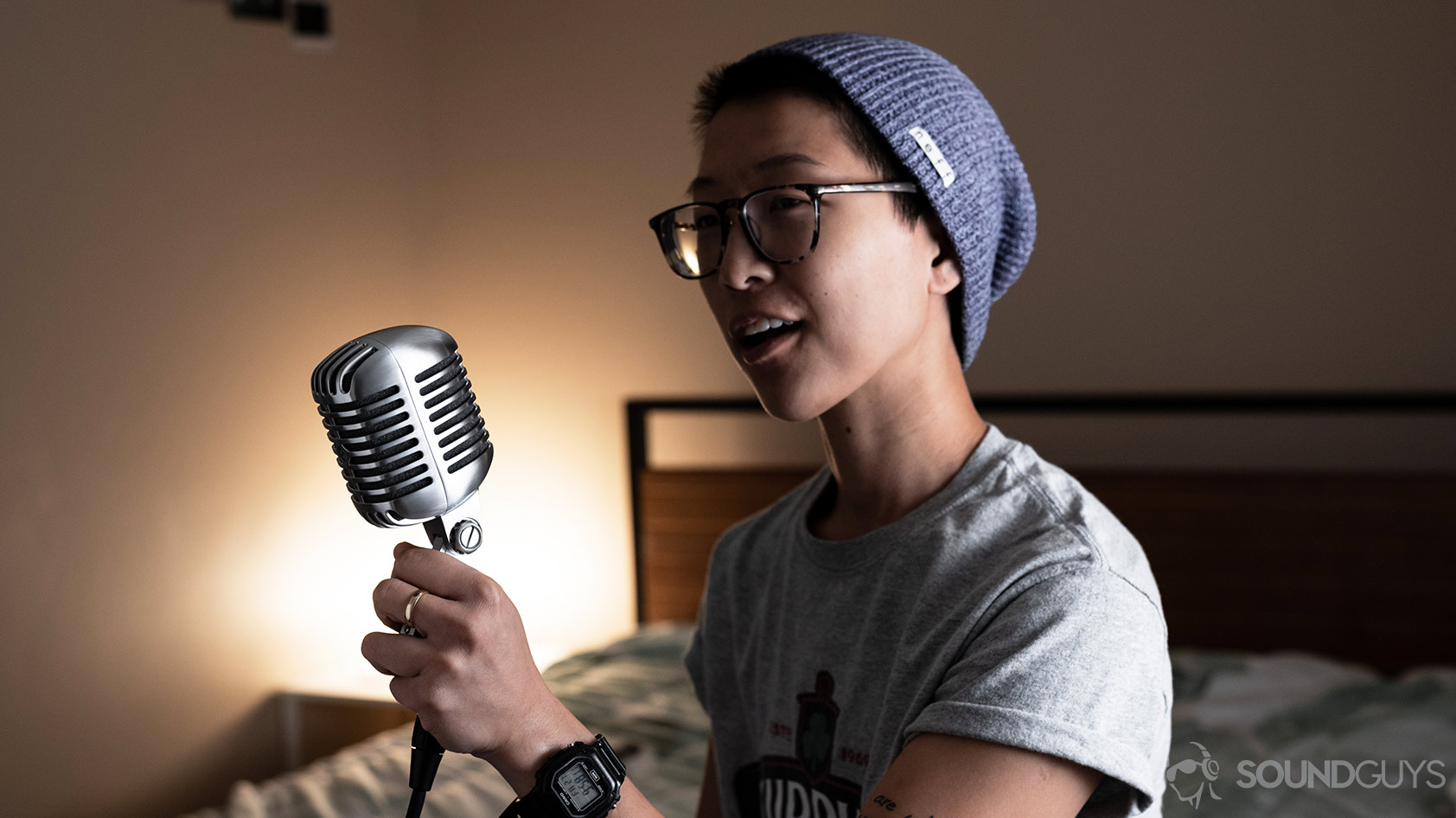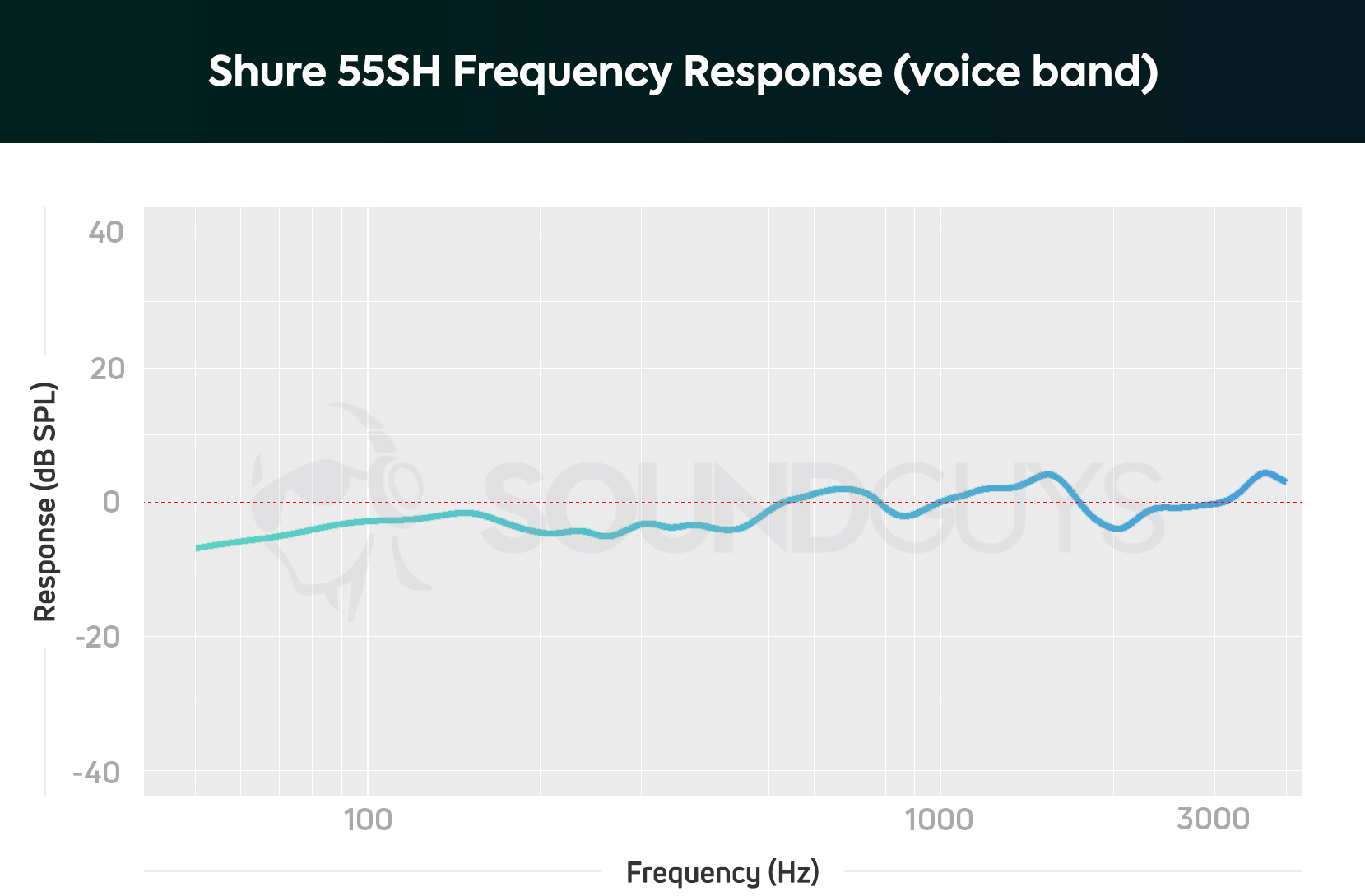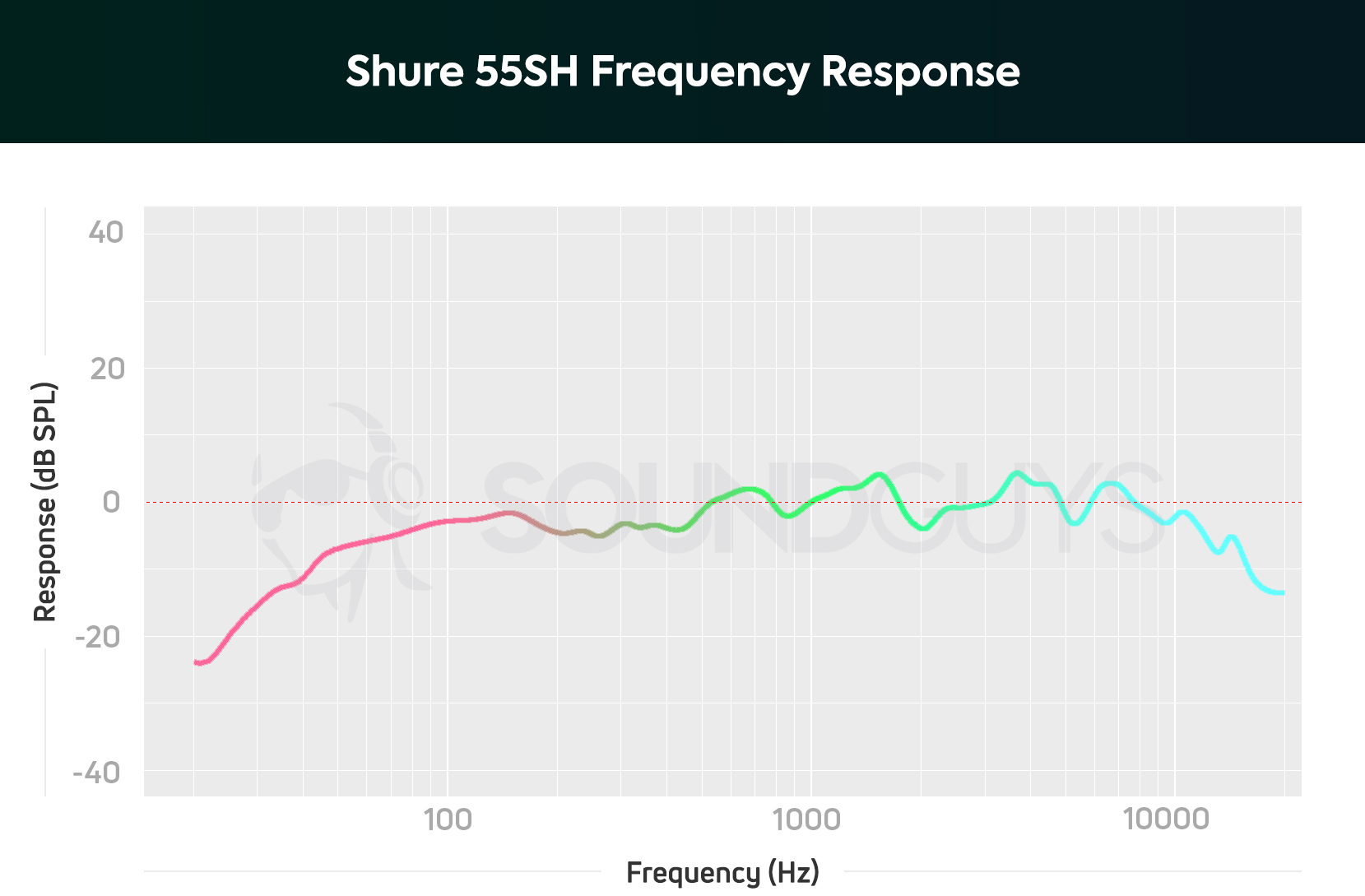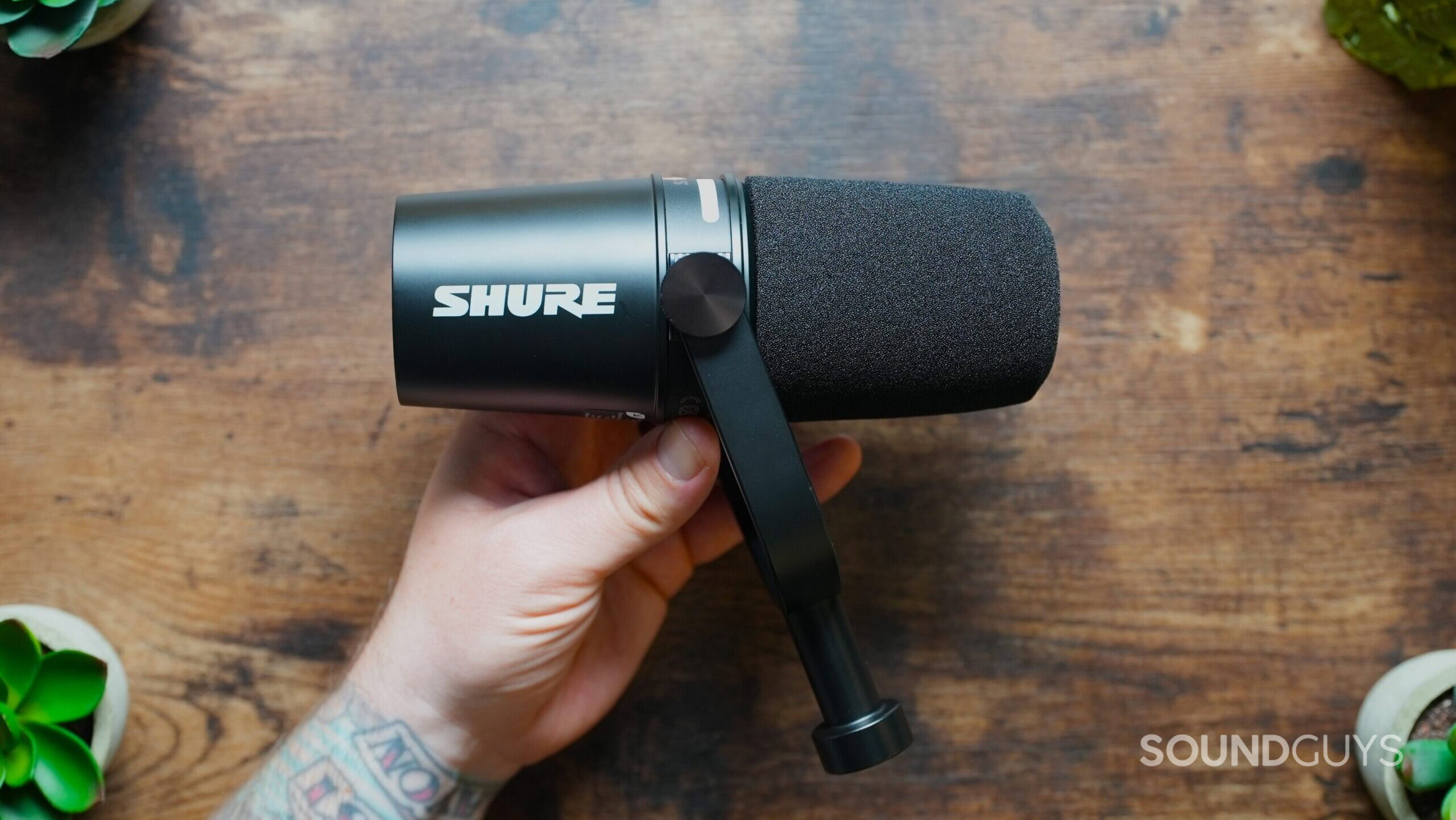All products featured are independently chosen by us. However, SoundGuys may receive a commission on orders placed through its retail links. See our ethics statement.
Best Shure microphones
April 1, 2025
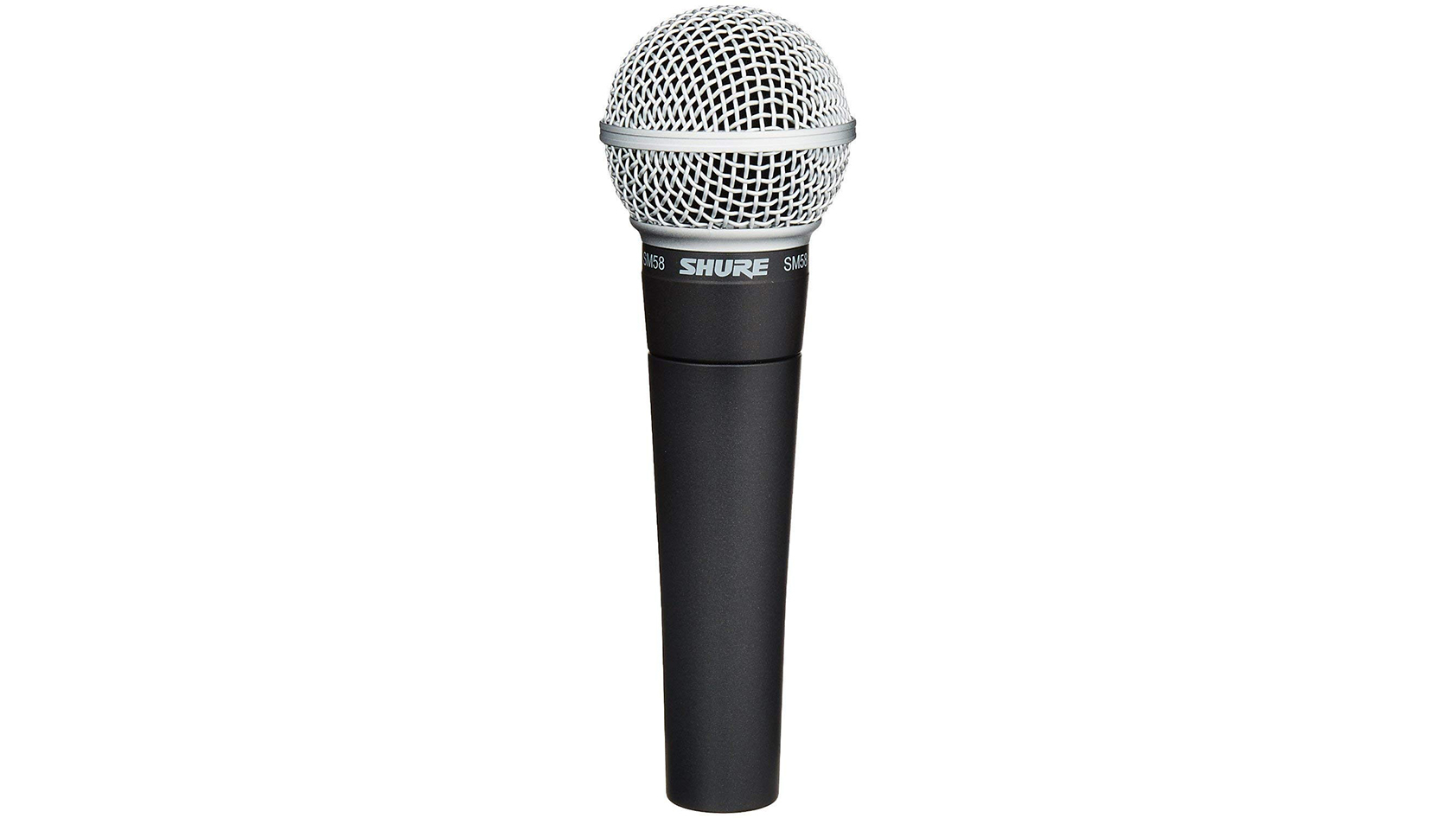
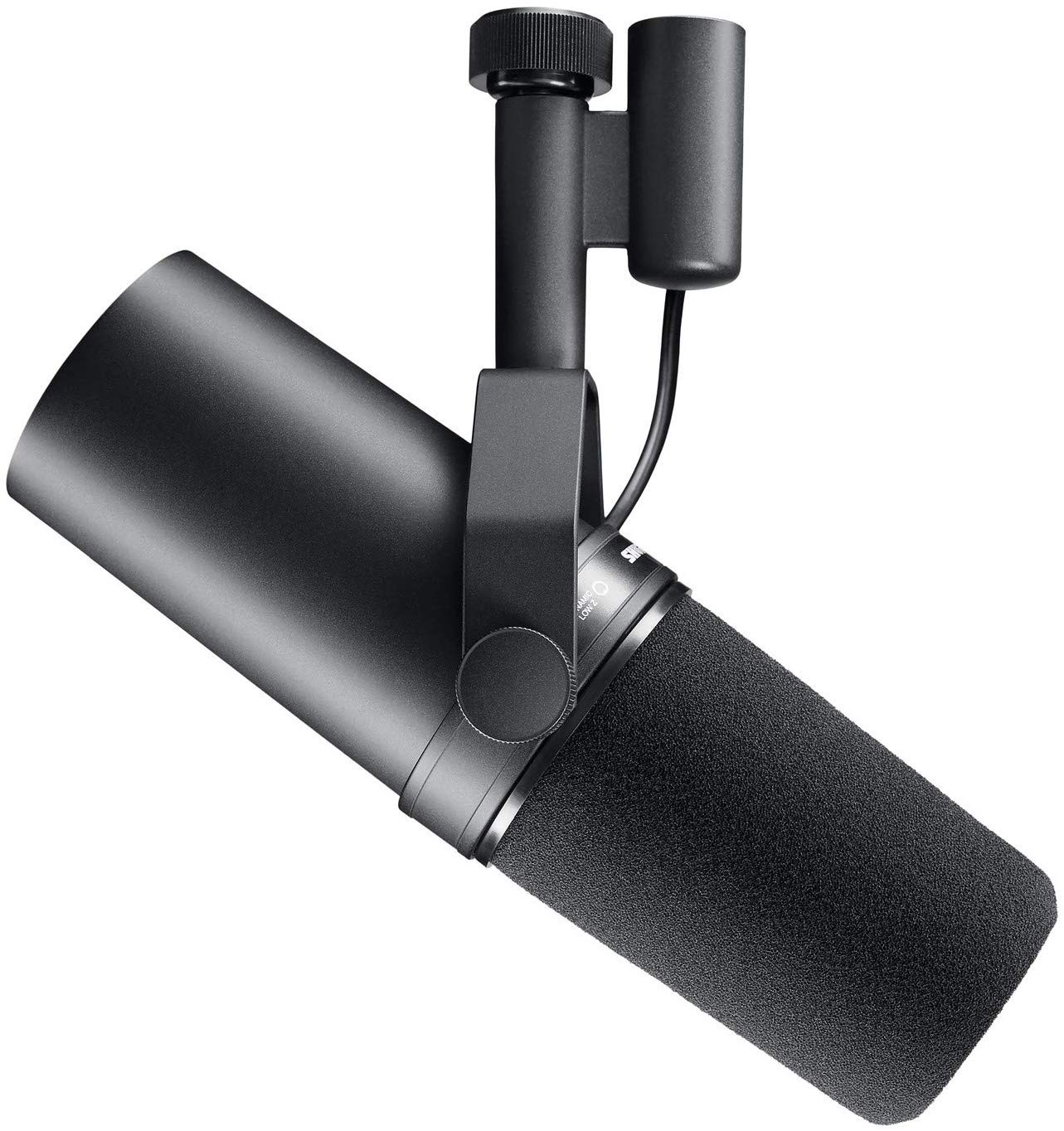
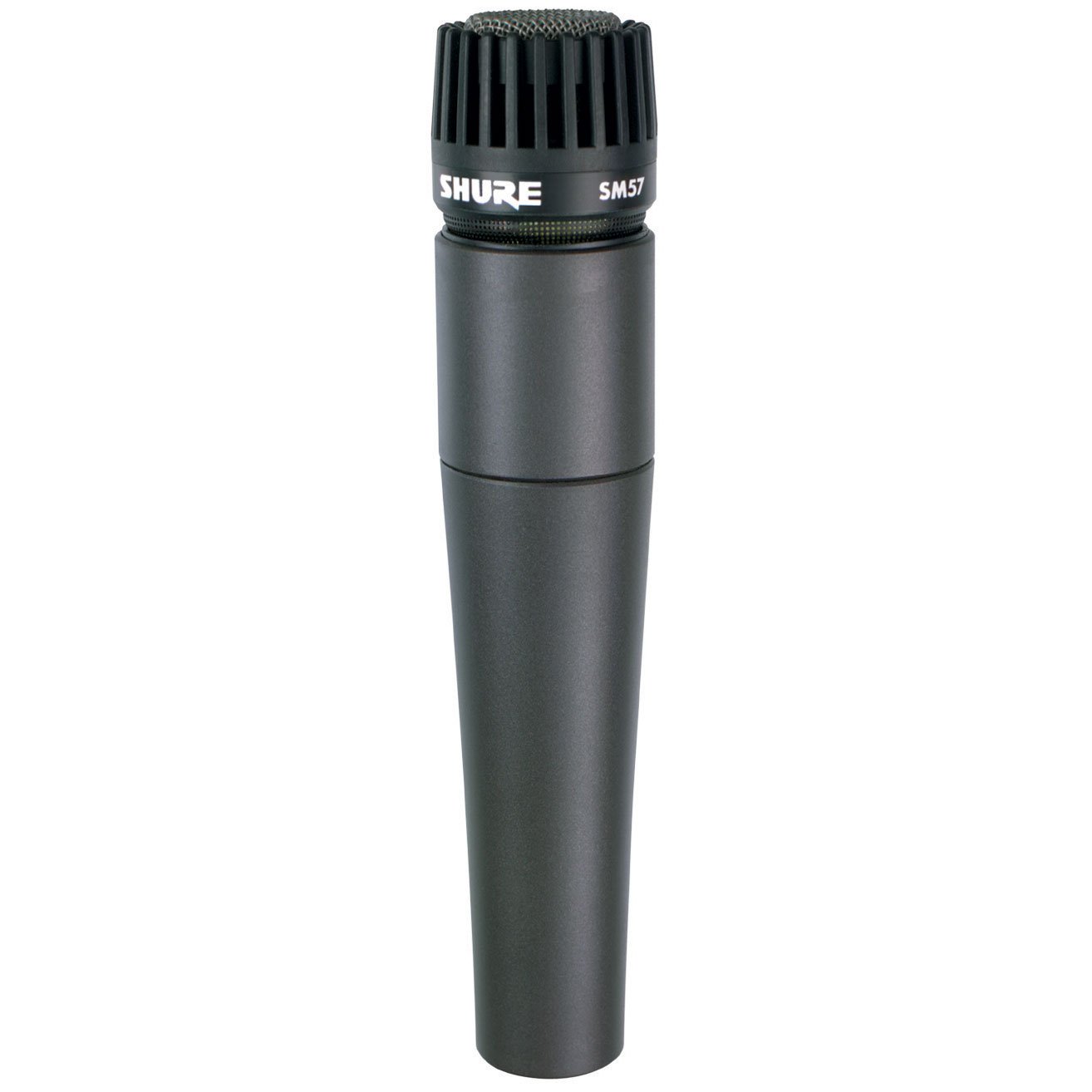
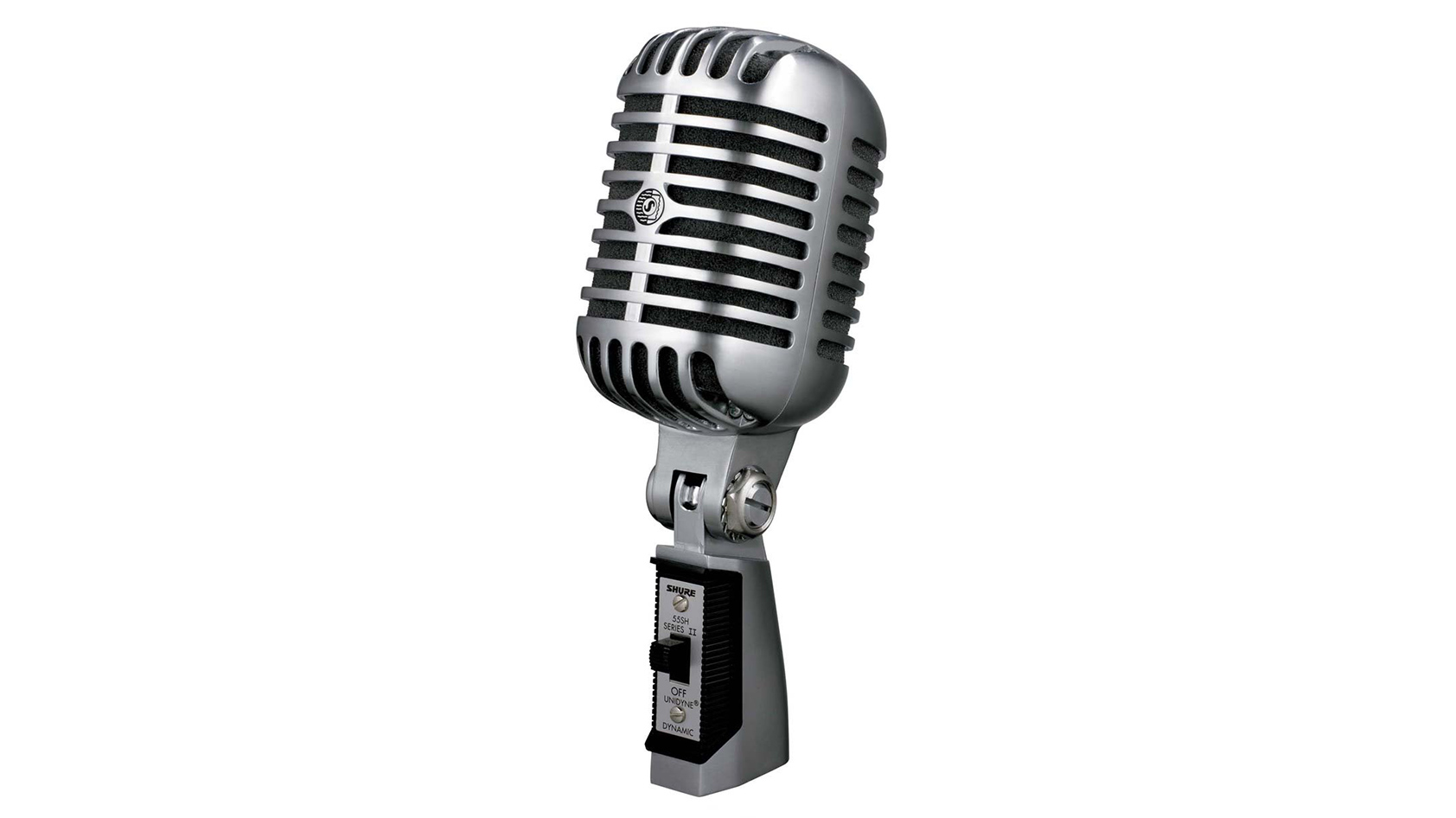
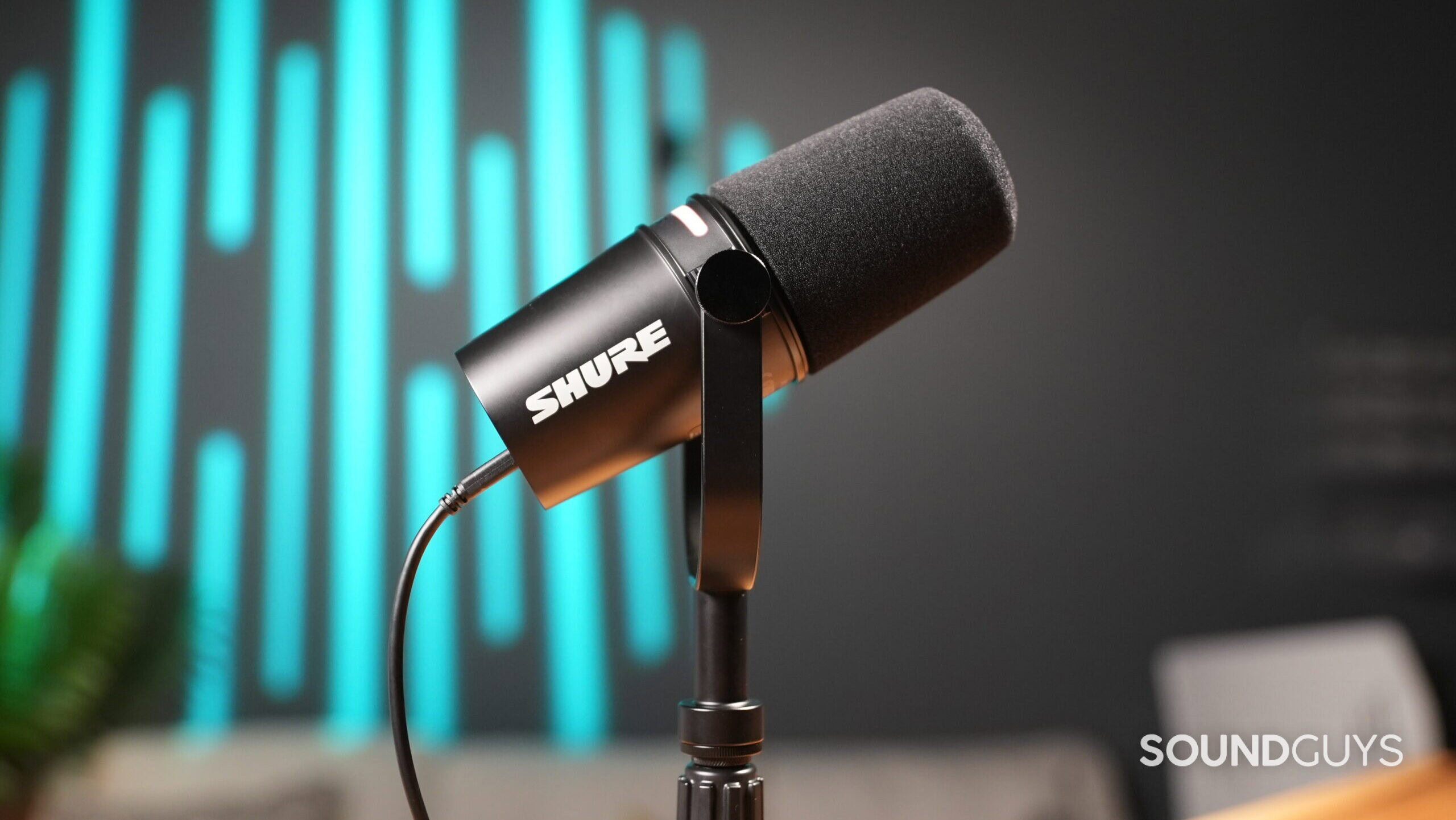
If you’re looking for recording equipment, few companies out there have as many or as diverse a field of products as Shure does. Founded in 1925 and the manufacturer behind most of the microphones used in presidential addresses, live concert venues, and radio, there’s no more ubiquitous fixture in music than Shure microphones. If you’re looking to kickstart your podcast, band, or even just up your conference call game: give one of the oldest American microphone makers a shot.
It should be pointed out that not one, but two microphones in the Shure lineup have won our Editors Choice awards for representing microphones that we personally use or recommend to our friends and family. That’s a very difficult thing to do, and only Sony shares that distinction for audio products as a whole.
- On January 24th, 2023, to clarify wordings
- On April 1st, 2025, to mention the SM7dB, and update the list with the MV7+
For our top five picks, you can find the frequency response charts at the end of each image gallery. You can learn more about how to read our charts here.
The best Shure microphone for most is the Shure SM58
For most people, we recommend the Shure SM58 dynamic microphone. Arguably one of the most popular Shure microphones of all time, this model has been in production since 1966. This is primarily used as a vocal mic and needs a USB interface or portable recorder to function as a recording mic due to its XLR output. However, it’s capable of capturing good vocals without requiring the use of a gain booster, making it a very straightforward and easy-to-set-up mic.
Many people looking to record vocals at home gravitate towards this mic because of its price and ease of use. Additionally, because the SM58 is dynamic in nature, it is an excellent choice for live performances since it can reproduce high sound pressure levels without distortion. And its cardioid polar pattern allows it to reject the sound of audiences cheering, so only the singer’s voice is amplified.
The Shure SM58 has an accurate sound signature and doesn’t distort easily. Listen for yourself:
Shure SM58 speaking demo:
Shure SM58 singing demo:
Shure SM58 acoustic guitar demo:
Shure SM58 electric guitar with amp demo:
How does the microphone sound to you?
If you only have $100 USD to spend and need one microphone to rule them all, we highly recommend the SM58 for budding musicians and professionals alike.


The best overall Shure microphone is the Shure SM7B
Of course, no list of Shure microphones would be complete without the Shure SM7B dynamic mic. Largely considered to be the gold standard in vocal mics alongside the Electro-Voice RE20, the Shure SM7B has seen a recent resurgence in popularity now that podcasts and YouTube have made recording at home a viable entertainment media strategy.
You get a handful of effective onboard frequency response filters, as represented by the mic demos below, and internal noise rejection, thanks to the air suspension shock apparatus inside. With just a cardioid polar pattern to record with, you’re bound to get great off-axis rejection too. There’s no software with this XLR microphone, and you don’t need phantom power to use it, but you will need an external audio interface or mixer.
In 2023, Shure released the SM7dB, a new version of its legendary microphone with a built-in preamp offering a selectable +18dB or +28dB boost. It retains everything we love about the original SM7B but adds an active preamp for easier gain management. Designed with podcasters in mind, the SM7dB ensures you get the extra gain your audio interface might lack
The Shure SM7B has multiple sound signatures that you can select from depending on your needs.
Shure SM7B demo (Flat response):
Shure SM7B demo (Bass rolloff):
Shure SM7B demo (Presence boost):
Which frequency response do you prefer?
This is an expensive option at around $399 in the US, so we often steer beginners away from this unit in order to meet most people’s stated budgets. However, if you absolutely must nail your session and cost is no object, this is an excellent microphone to have on hand.


If you record instruments, get the Shure SM57
Musicians looking to record instruments should look no further than the Shure SM57. It’s overkill, but buying a few Shure SM57 XLR units is a great way to record a live setup.
The SM57 is one of those historic models of Shure microphones, having been in production for decades—and for good reason. It definitely ticks all the boxes if you’re looking for a sub-$100 USD option that can handle a lot. However, it’s slightly inferior for vocal work compared to the SM58 and SM7B.
The Shure SM57 has an accurate frequency response that won’t warp the sound of your instrument.
Shure SM57 guitar demo:
Shure SM57 voice demo:
How does the microphone sound to you?
The die-cast steel construction makes this a great mic to take with you on tour or to lug from studio to studio. You don’t handhold the SM57 to use it, instead place it directly in front of the instrument you’re recording (or your mouth if you’re in a pinch). This means you’ll most definitely want to pair this microphone with a dedicated stand and some kind of amp or interface, depending on where your intended use.


The Shure 55SH Series II is great for singing or speaking applications
The Shure 55SH Series II is another historic microphone, emulating the old car-grille style of early 20th-century microphones. If you’re trying to kit out an open mic setup or small live venue, this is one of those microphones that’s instantly recognizable and adds an air of legitimacy to a recording space.
This is just another Shure mic that doesn’t require phantom power and that has a robust die-cast build, so you can toss it around without worry. You can easily position the mic to your mouth, since its swivel mount grants 125 degrees of motion. A big draw to the 55SH Series II is its design, but you’re going to sacrifice weight. This thing is hefty at 626g, so perhaps not the best for travelers.
The Shure 55SH Series II sounds great for recording vocals.
Shure 55SH Series II microphone demo:
How does the microphone sound to you?
This dynamic mic has a cardioid pickup pattern, so its another great option for live performances. While it’s a more than competent microphone, it’s not for all uses, so be sure to click on the full review if you’re interested in its looks.


YouTubers and streamers may want to get the Shure MV7+
The Shure MV7+ is a versatile desktop microphone with multiple connection options and a rich, professional sound. If you’re new to streaming or content creation, it works great as a plug-and-play USB-C mic without needing an audio interface. But, if you want more flexibility, you can use its XLR connection or both connections at the same time.
The Shure MV7+ connects to your laptop or smartphone with its updated USB-C port or to an audio interface through its balanced XLR output. You can record via USB-C into the MOTIV Mix app and apply its settings while simultaneously tracking over XLR into your favorite DAW as an unprocessed backup in case anything goes wrong.
It’s worth noting that you can only use the MOTIV Mix app when connected via USB-C. If you’re on a laptop or computer, you can download it directly from the Shure website, though it’s still in its Beta phase. If you’re recording on a mobile device, you’ll need the Shure MOTIV Audio app instead. While this is a separate app, it offers the same features as the desktop version.
No matter which app you use, you can adjust your inputs and outputs and fine-tune your microphone settings. While the MOTIV Mix app lets you record audio, you’ll still need a DAW to edit your recordings. The MOTIV apps include several effects like studio, plate, and hall reverb, a high-pass filter with 75Hz and 150Hz options, and an Auto Gain toggle. You can even customize the color of the LED lighting strip.
Thanks to its wide frequency response, just like the original MV7 microphone, the MV7+ does an excellent job of reproducing a warm yet detailed recording of your voice.
Shure MV7+ microphone demo (XLR connection):
Shure MV7+ microphone demo (USB-C connection):
How does the microphone sound to you?

Hold up! Something’s different:
Some of our picks’ frequency response and isolation charts were measured with our old testing system. We have since purchased a Bruel & Kjaer 5128 test fixture (and the appropriate support equipment) to update our testing and data collection. It will take a while to update our backlog of old test results, but we will update this review (and many others!) once we’re able with improved sound quality measurements and ANC performance plots. These will be made obvious with our new chart aesthetic (black background instead of white).
Thank you for bearing with us, and we hope to see you again once we’ve sorted everything out.
What you should know about Shure microphones
Before we go any further, we want to make sure you’ll get the most out of your mic. Nine times out of ten, if you buy a microphone and can’t get the results you want from it, you might need a little instruction. Be sure to catch up on some recording fundamentals first. Essentially, in order to record people, you need to know.
Once you have all of this under your belt, you’re ready to use your microphone. However, not all mics can do everything. Be sure to read up on each model listed here in the reviews, as some like the SM57 are more suited to being instrument mics than vocal mics, and the SM7B can work just about anywhere (but is too expensive to buy a lot of, so make it count). A little bit of research goes a long way to saving money you don’t need to spend.
Condenser vs dynamic mics: What’s the difference?
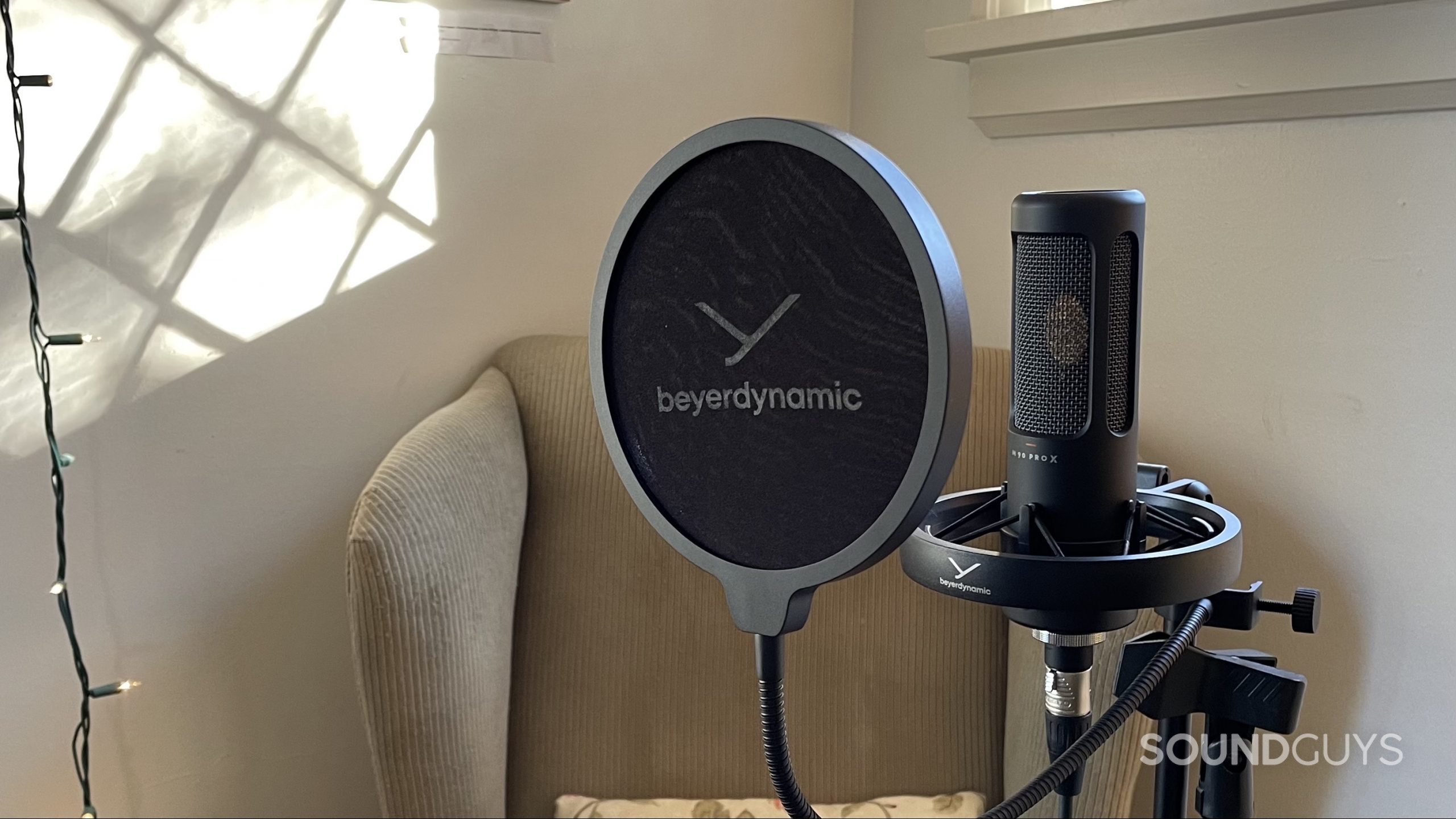
A condenser microphone requires external power (i.e., phantom power) and is much more sensitive than a dynamic microphone, which doesn’t require external power. The benefit of a more sensitive microphone is that it can pick up more nuances, which is great for singing and certain speaking applications when in an acoustically treated environment. Dynamic microphones, on the other hand, are less sensitive and can withstand a much louder audio input before any kind of distortion makes its way into your recording.
A condenser mic isn’t better than a dynamic one, in the same way, a dynamic mic isn’t better than a condenser. It really boils down to your use case. For those who plan to record in a controlled environment like a studio at all times, a condenser mic offers many advantages, but you’d never want to use one to perform a rock concert.
How do you connect a microphone?
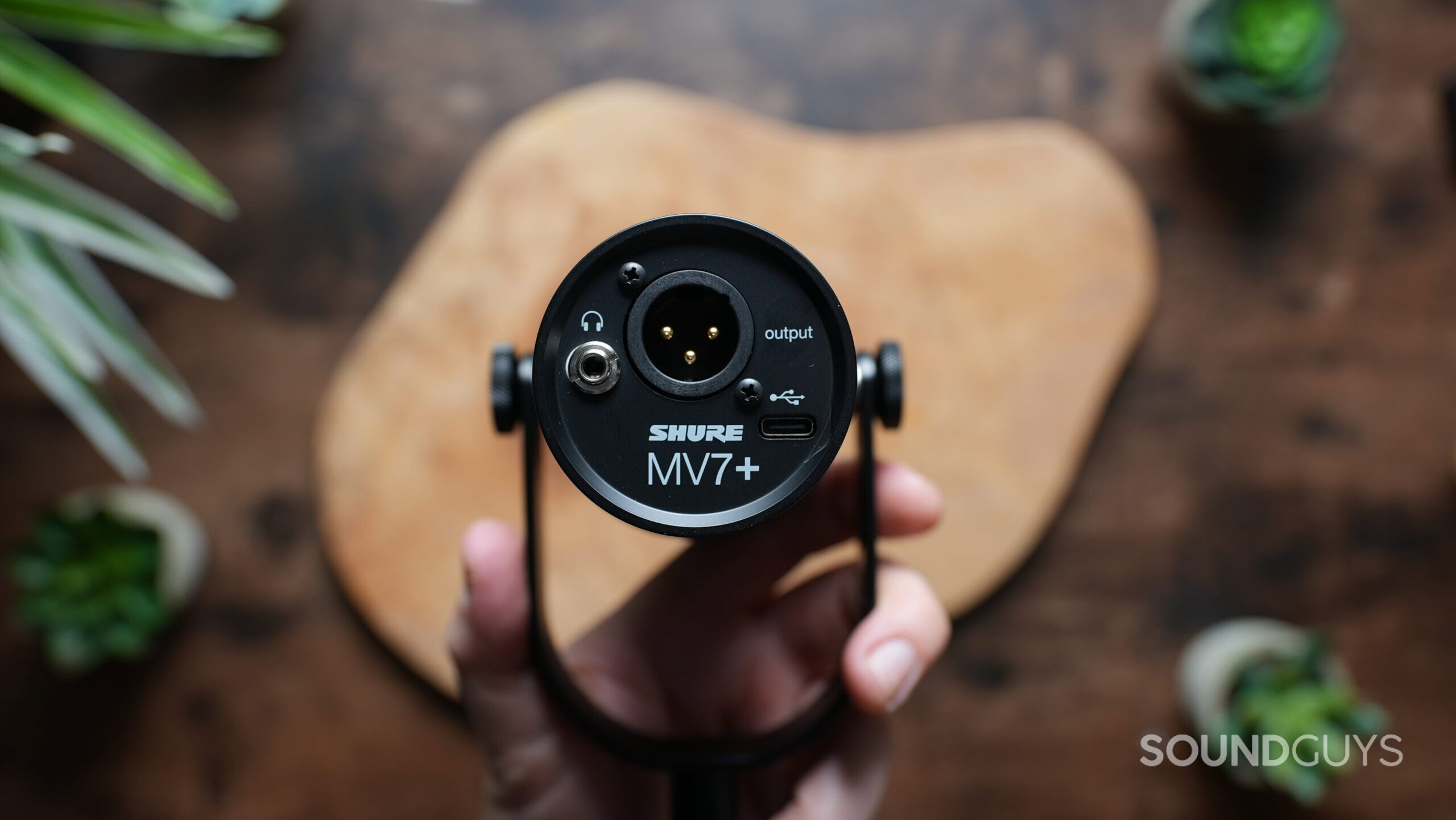
When shopping around for microphones, you’ll mainly come across USB and XLR mics. If it’s an XLR microphone, you usually have to go out and purchase an XLR cable yourself, though some manufacturers may include such a cable. In the case of USB microphones, the manufacturer almost always provides a compatible cable. With technology advancing, we’re seeing more and more USB microphones that house USB-C ports, whereas it used to be microUSB to USB-A or something similar. This varies depending on your microphone, but you can learn more about audio connections in general here.
Sometimes, you need an external audio interface or even phantom power. If that’s the case, you’ll want to look at something like a Scarlett Focusrite interface for computer work, or an amp for performances.
What is a recording (polar) pattern?
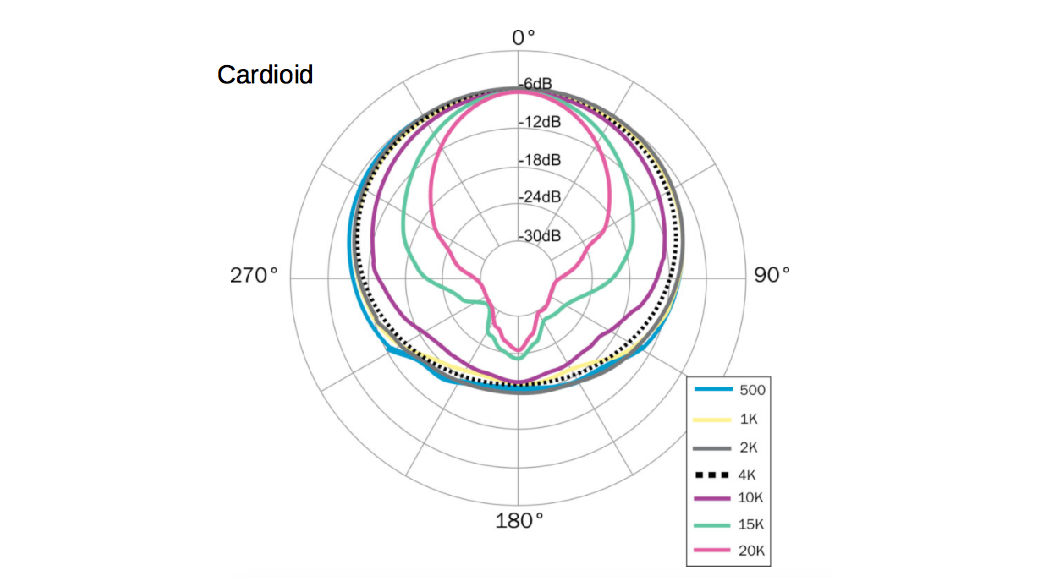
A recording pattern is meant to illustrate just how your microphone responds to surrounding sounds. There are a few popular recording patterns to watch out for, all of which have their place in certain instances.
An omnidirectional recording pattern means your mic will equally pick up sounds from all sides. This is great for picking up ambient noise, and you’ll find it in lavalier mics.
The cardioid polar pattern is one of the most popular options, and if your mic has this, it means it can record in a heart-shaped pattern around it. Cardioid pickup patterns are great because you can place the mic pretty freely while still recording good, clear audio. A directional pattern like this rejects off-axis noise, mainly behind the recording element.
Other patterns include hypercardioid and bidirectional. You can learn more about these in this microphone polar pattern guide.
Why does it matter if you buy Shure microphones?
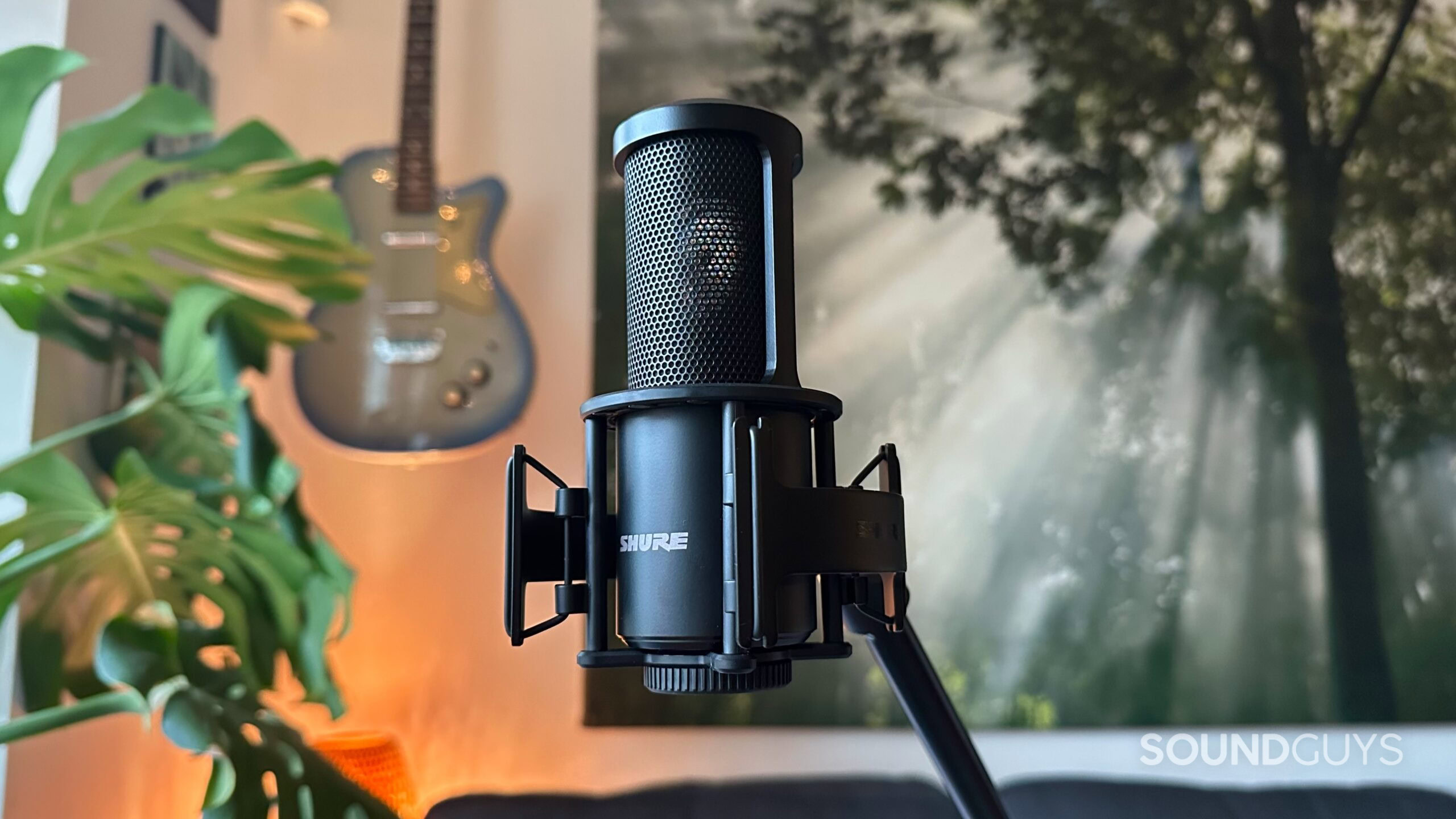
It doesn’t, really.
Shure is just another company with a product to sell, so don’t feel like you absolutely have to buy a Shure mic if you can find a better price on a competing model. There are plenty out there that can do a similarly good job in many situations. However, the company stands behind its products—which is why many musicians swear by them.
By that I mean, Shure offers a limited warranty against product defects from one to two years after purchase (product depending), and will service your equipment should a problem arise. Of course, sometimes repairs might not be covered by warranty (or you’ll have to pay for damage not covered), but at least you know that you don’t necessarily have to buy a new mic should something happen to yours.
Why you should trust SoundGuys
Our recommendations are based on our years-long industry experience and each product’s merit. We use review copies of products, but none of us can keep the products. In other words, we do our best to provide accurate and fair content. We endeavor to correct our mistakes and constantly improve our testing methods. Our goal at SoundGuys includes making sure you are well informed and can make the best decision for your needs.
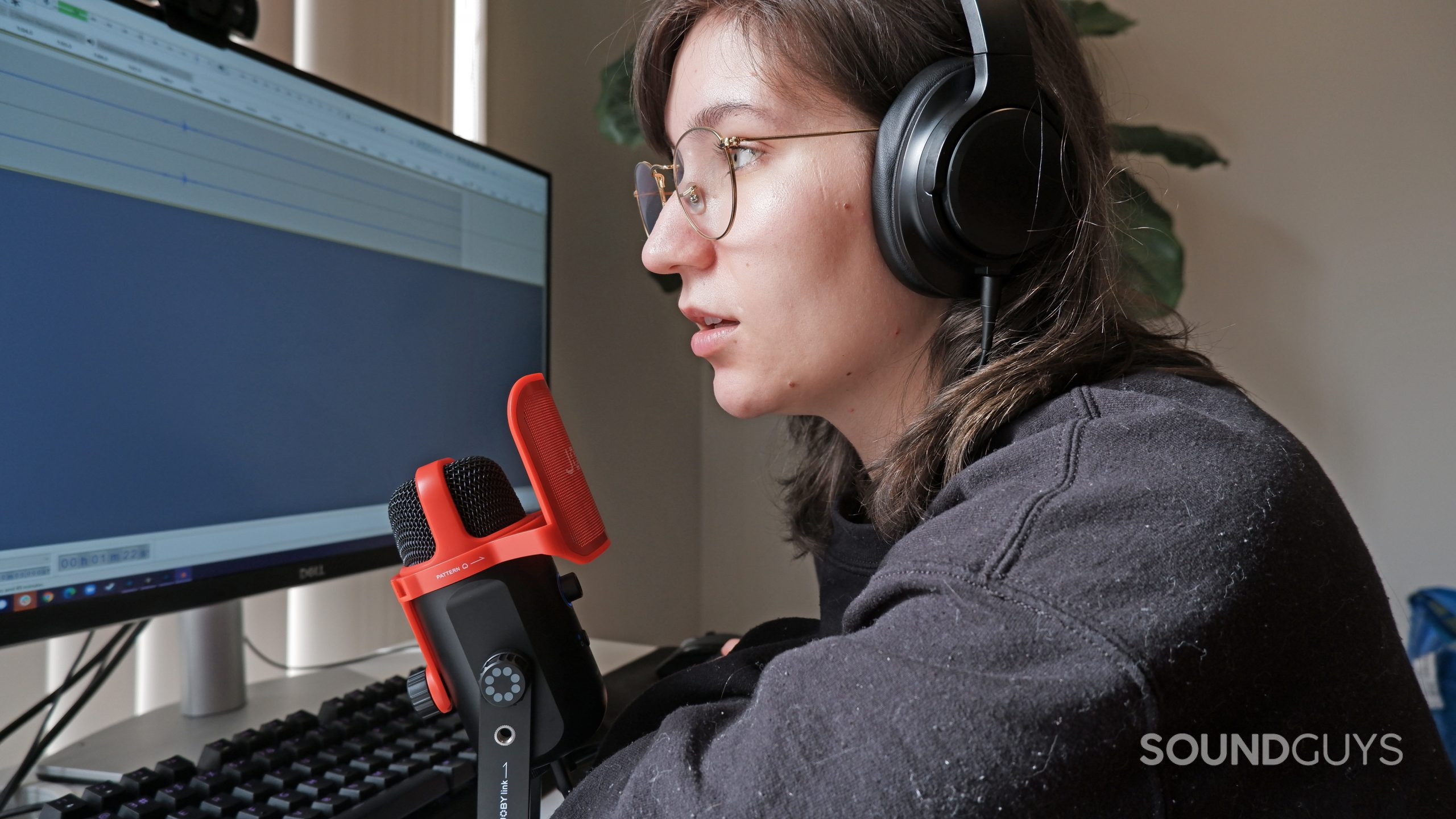
We have no ulterior motives. All of our contributors are paid for their work and are barred from receiving compensation for specific recommendations. Our site features no “hit pieces.” SoundGuys primarily makes money when readers choose to purchase a product through a referral link to a retailer. Because of this model, we have no financial reason to suggest or prefer one product over another.
Frequently asked questions about Shure microphones
They do make wireless microphones, notably the Shure PGXD24/SM58 which goes for $79 at Amazon, making it the most affordable wireless version of the SM58. You can read a bit more about wireless microphones here on our list of the best wireless microphones.
The pneumatic shock mount featured in Shure microphones is an internal mechanism that suspends the recording capsule and pumps like a piston, reducing the amount of handling noise.
This all depends on the polar pattern of your microphone. A polar pattern refers to the direction(s) that a microphone picks up sound. For example, a microphone with a cardioid polar pattern picks up sound best from its front and slightly to its sides, rejecting sounds from its back. Therefore, it would be most effective to point a cardioid microphone directly at the sound source.
